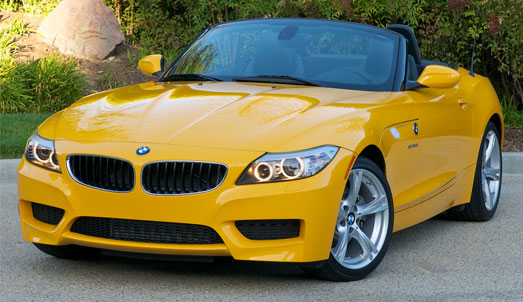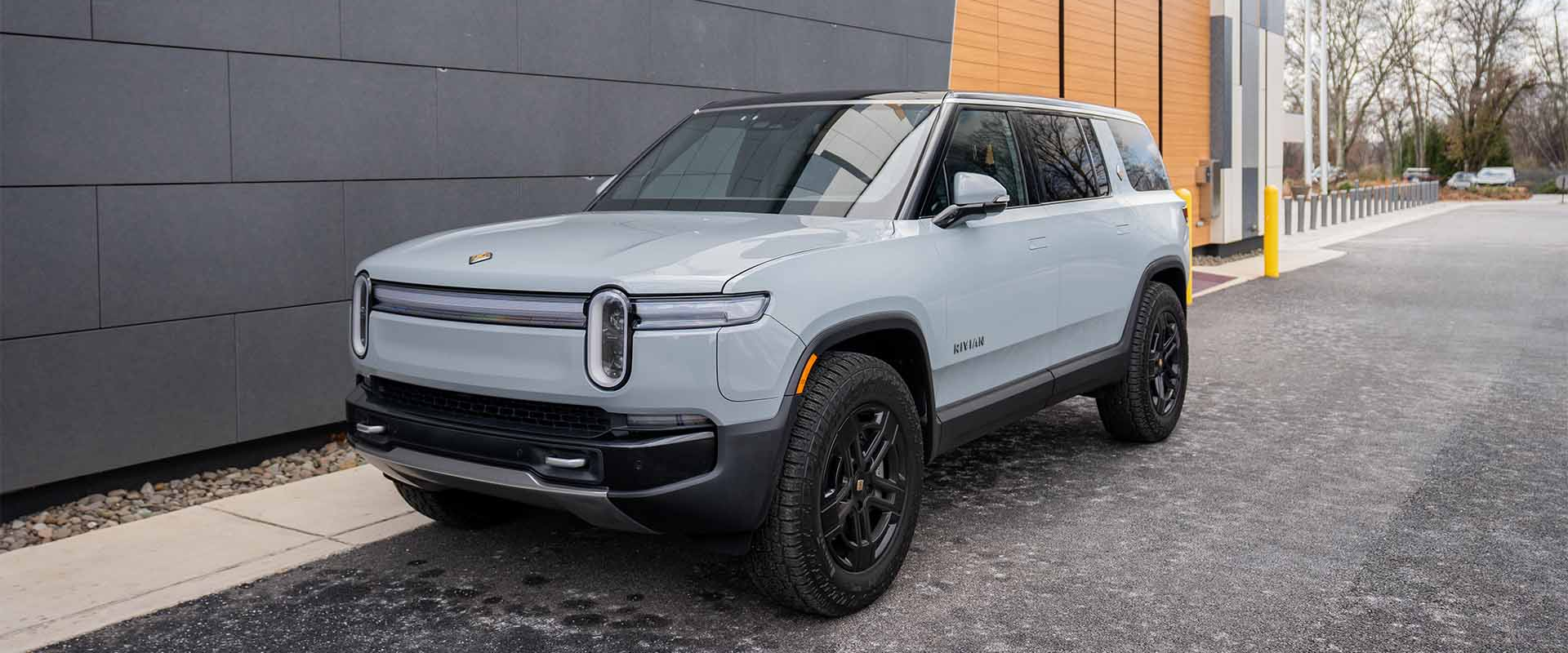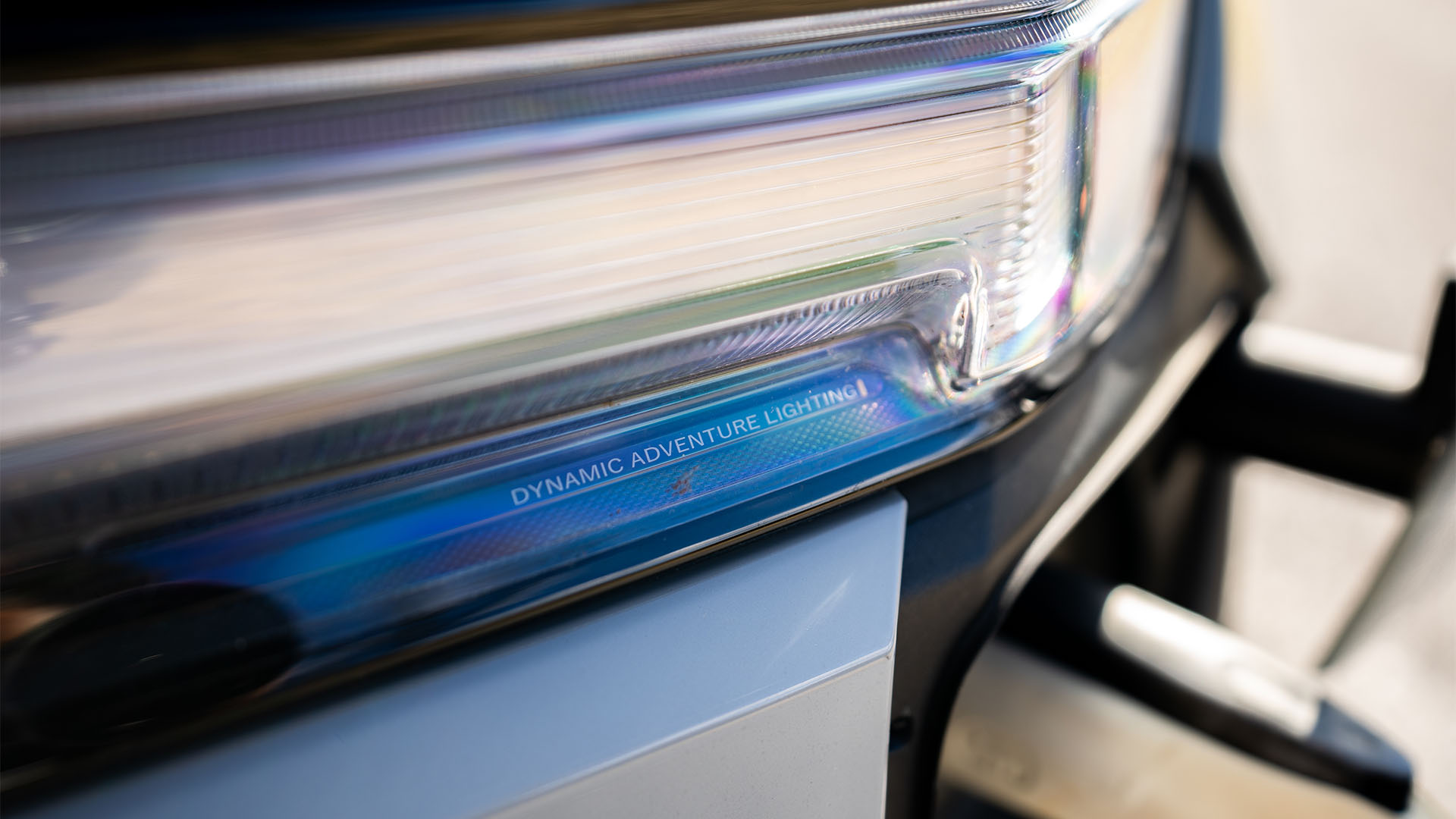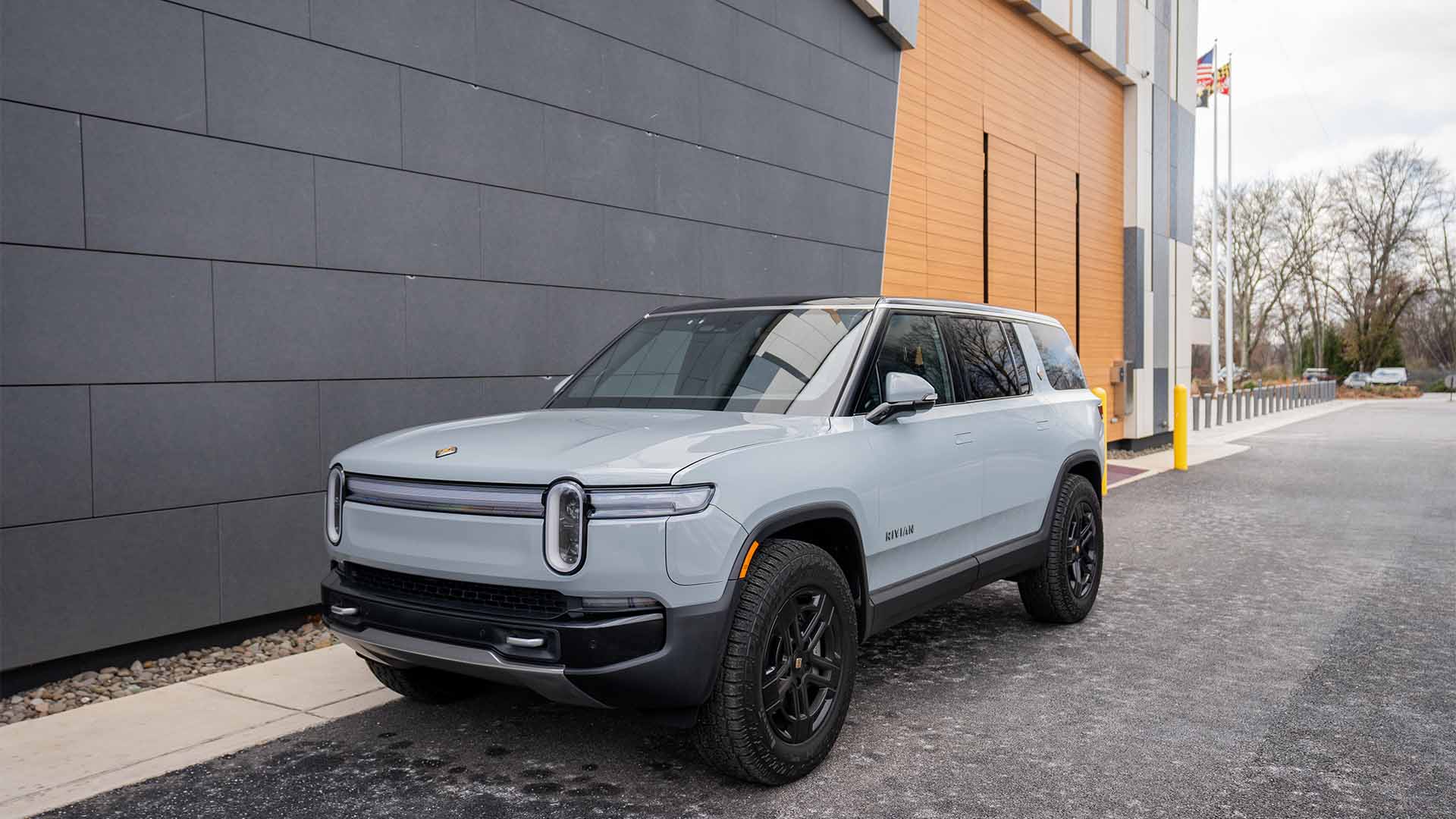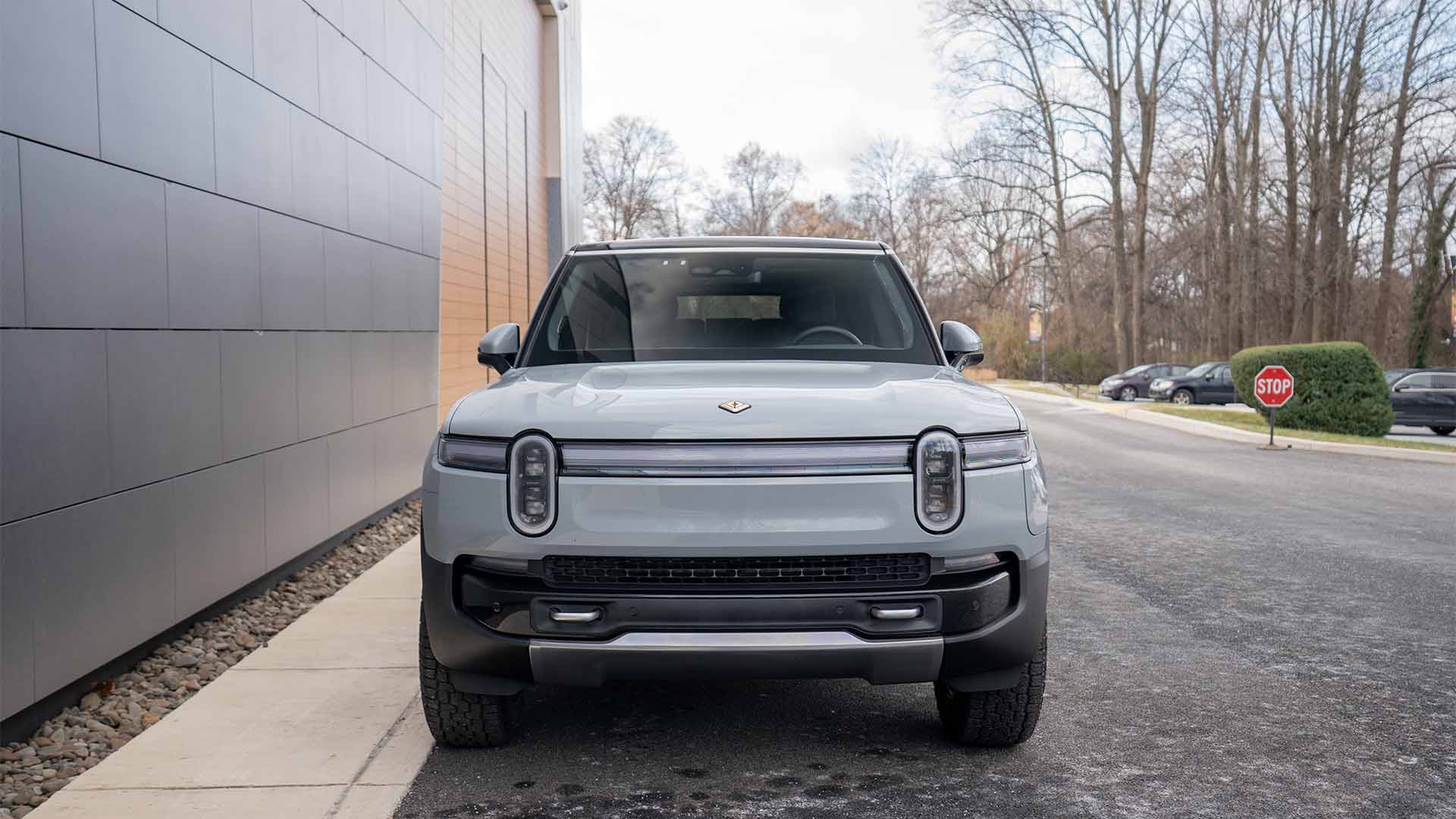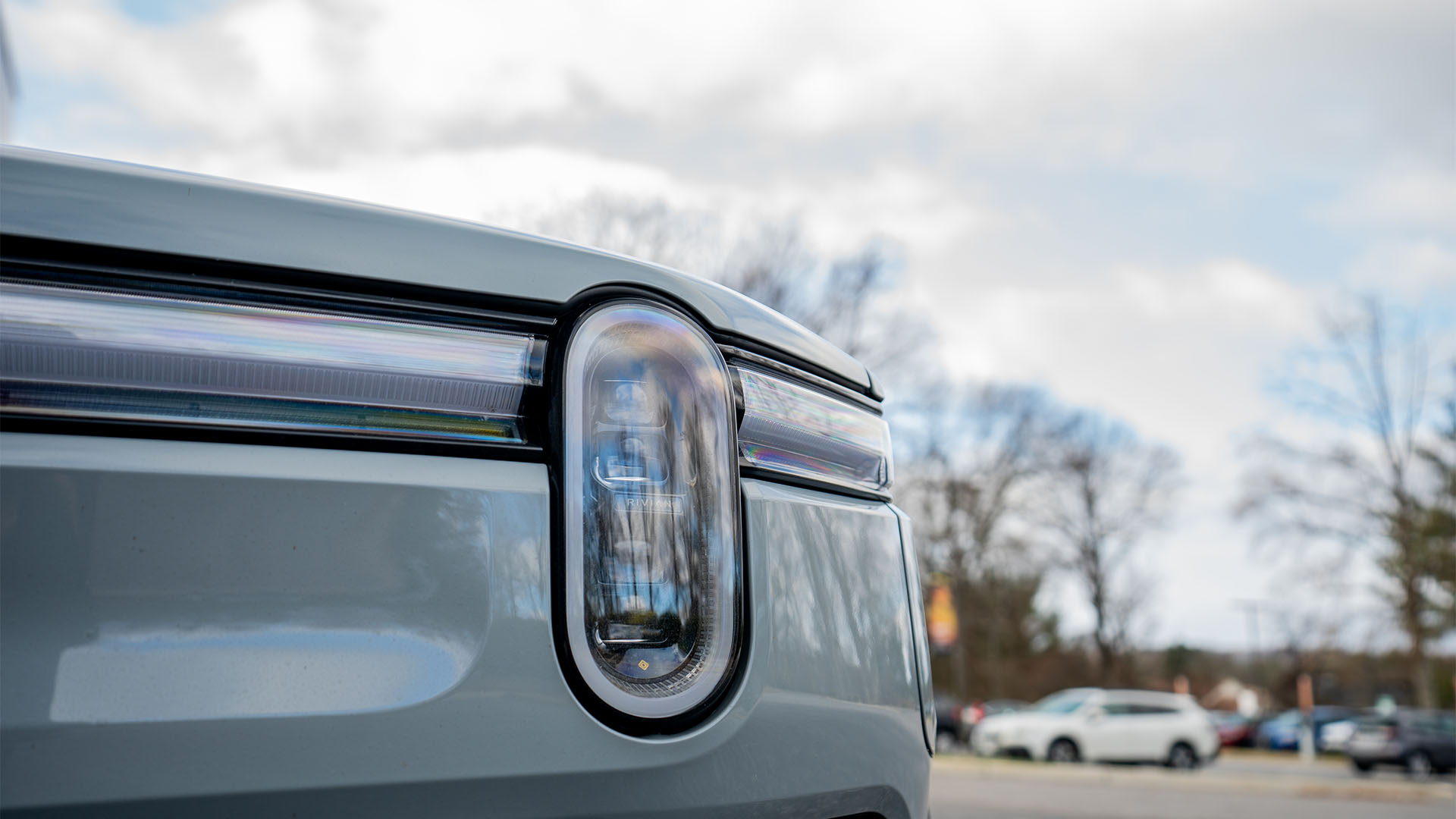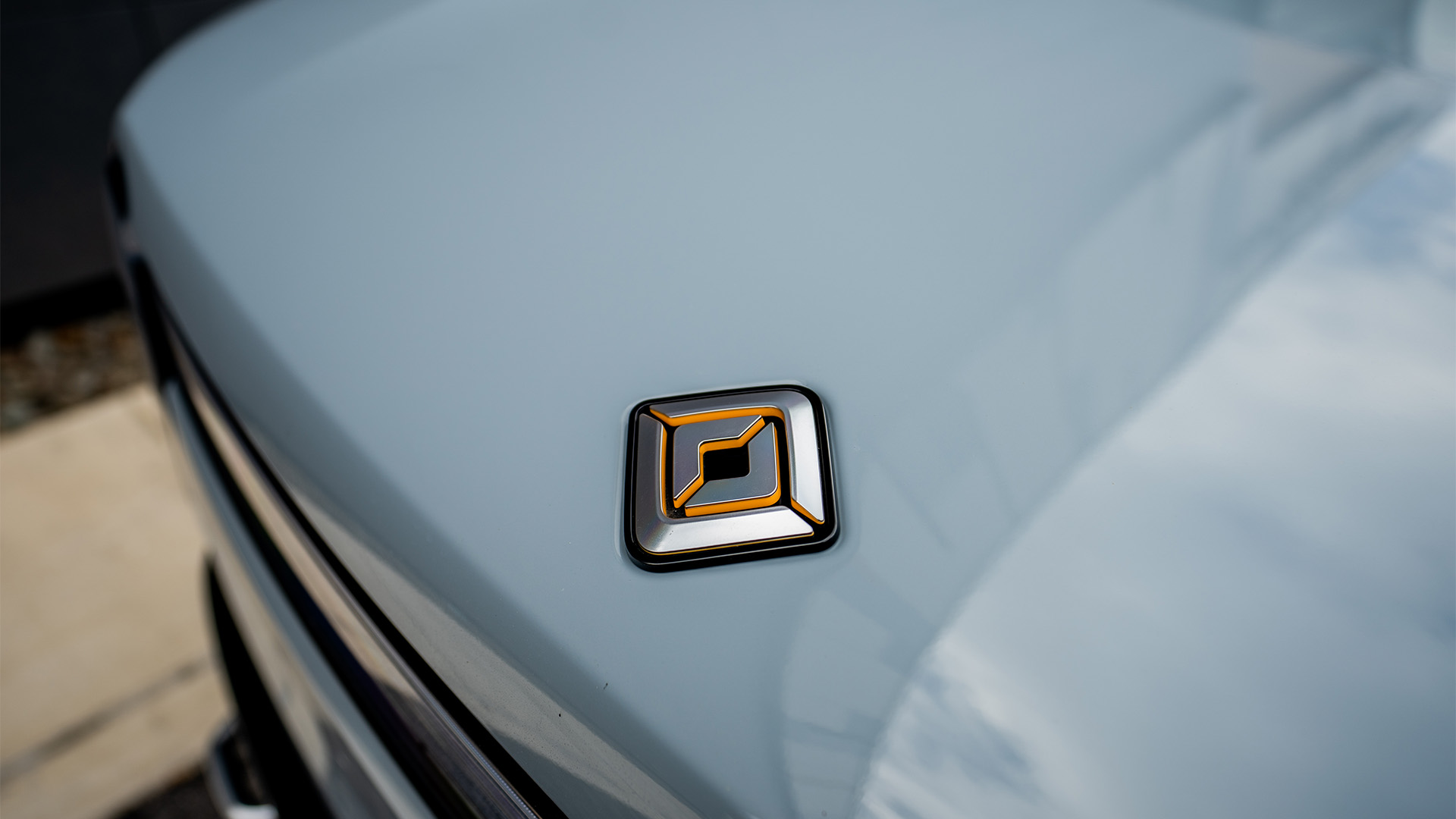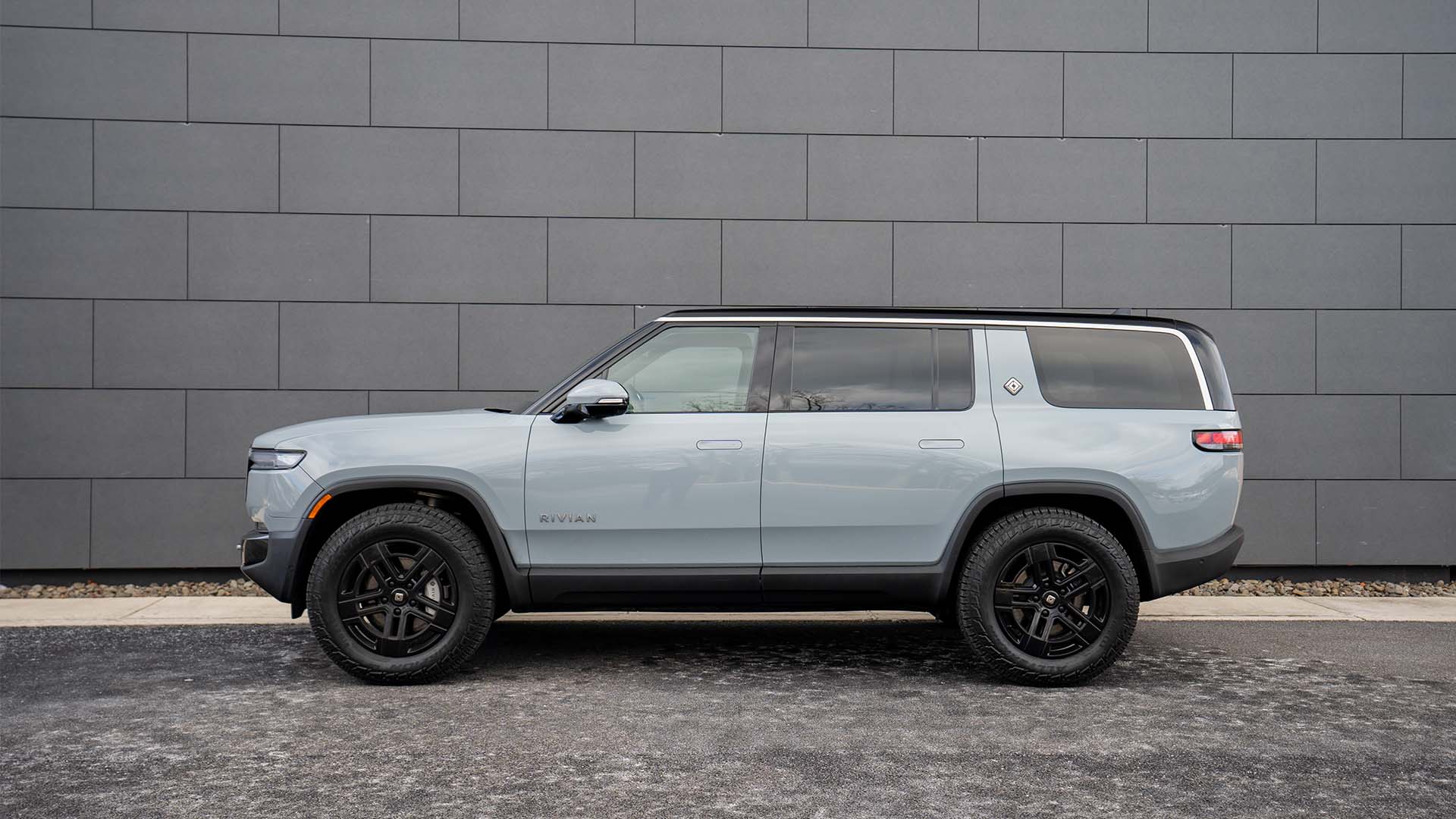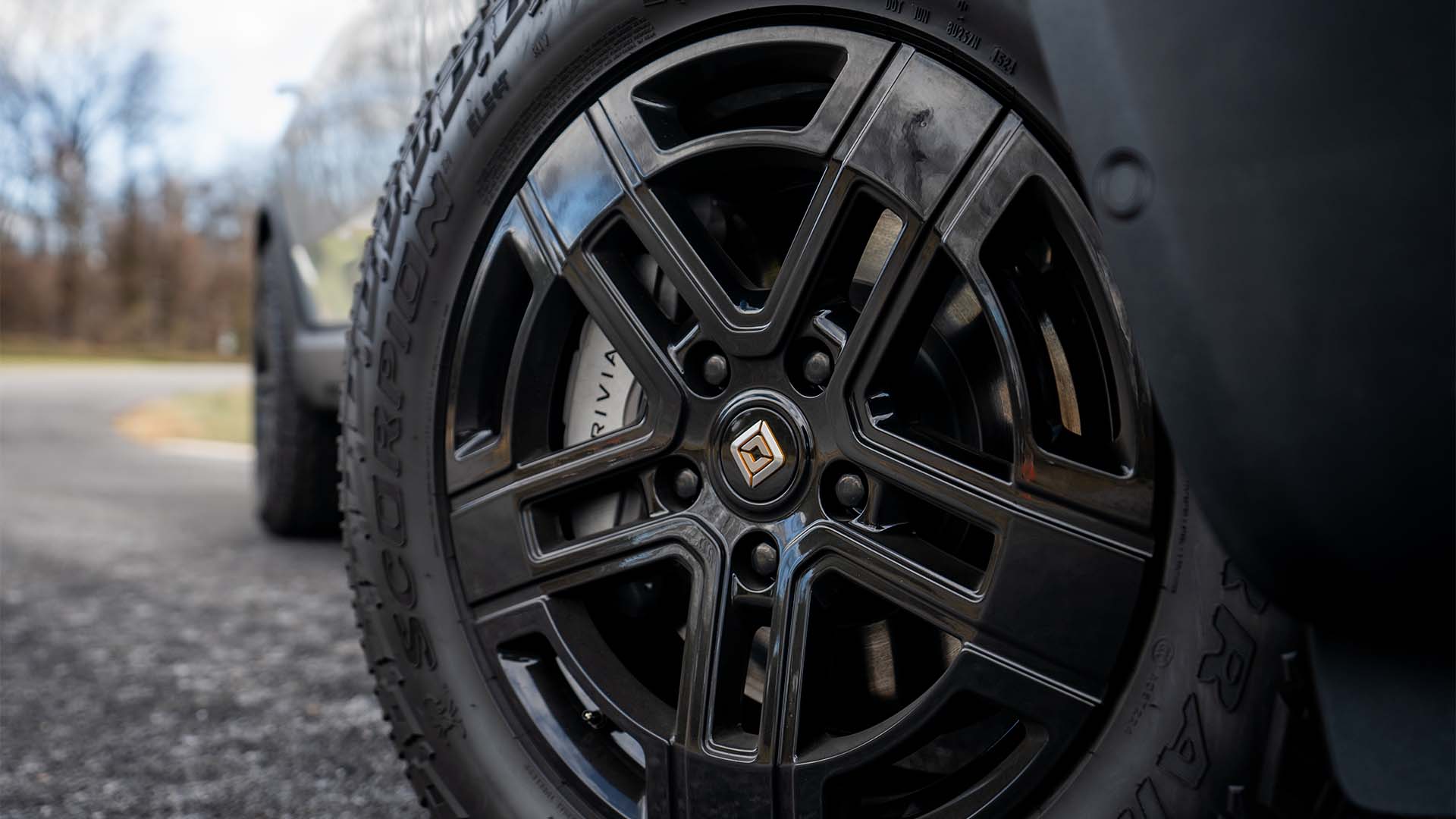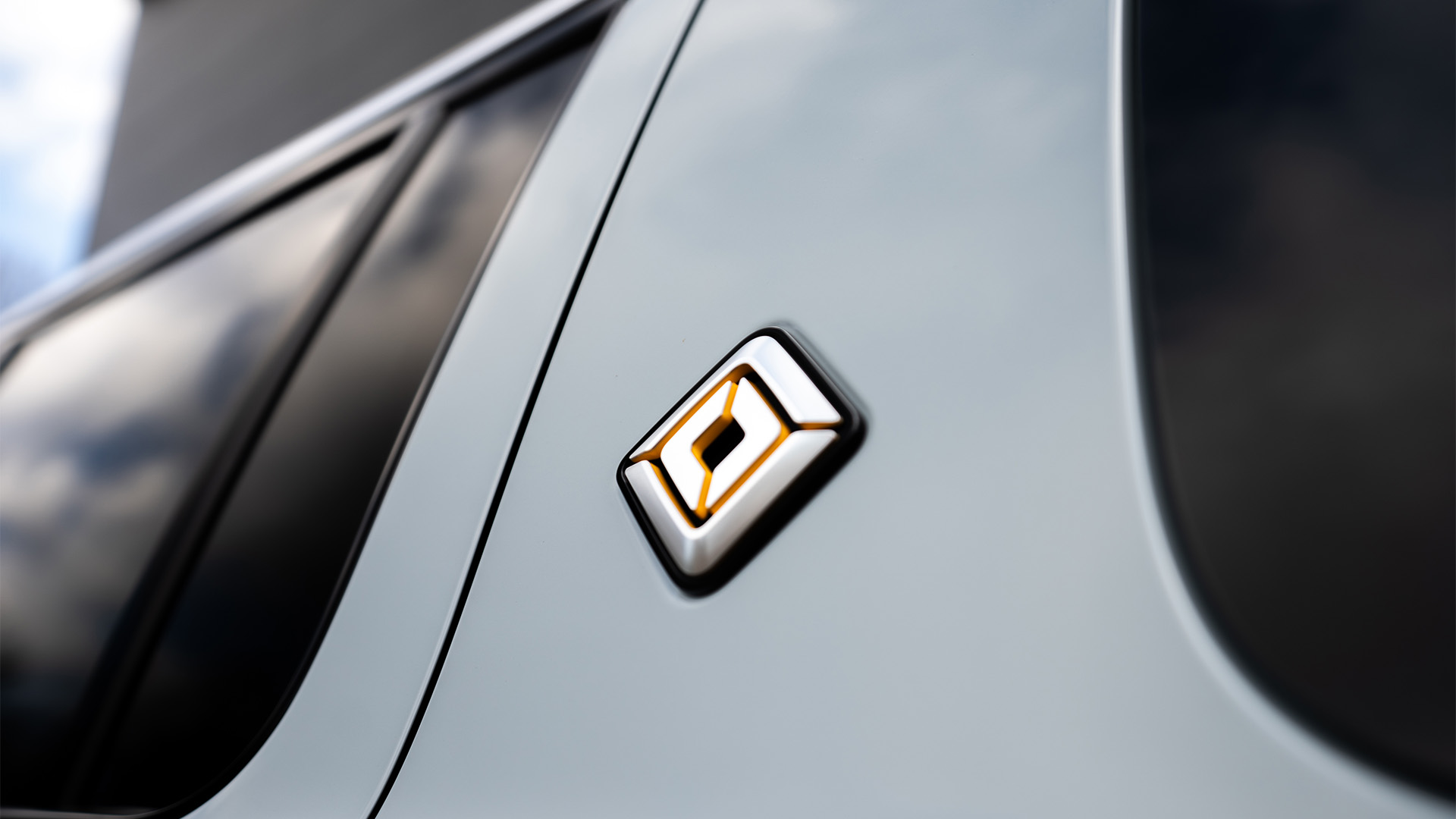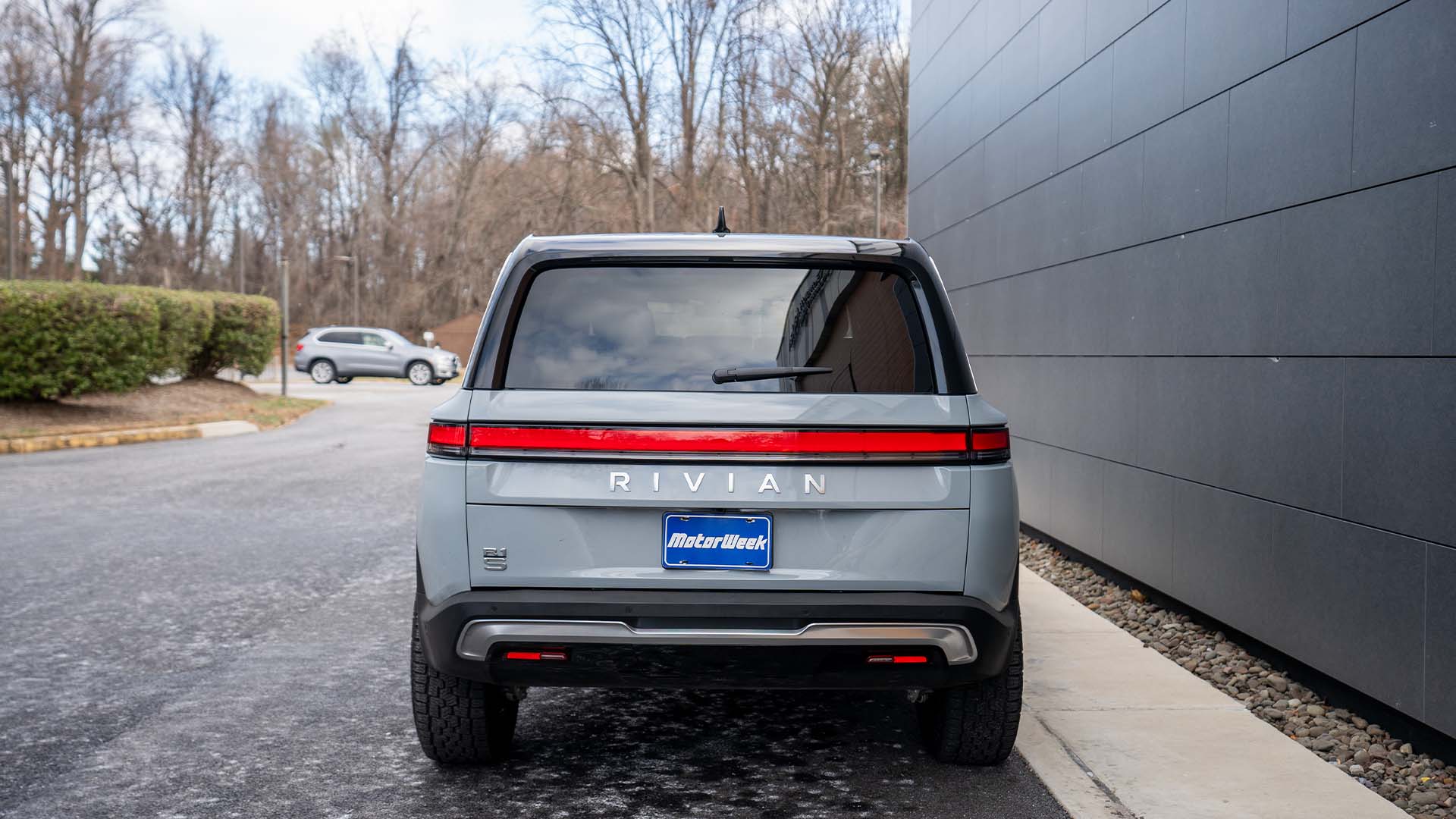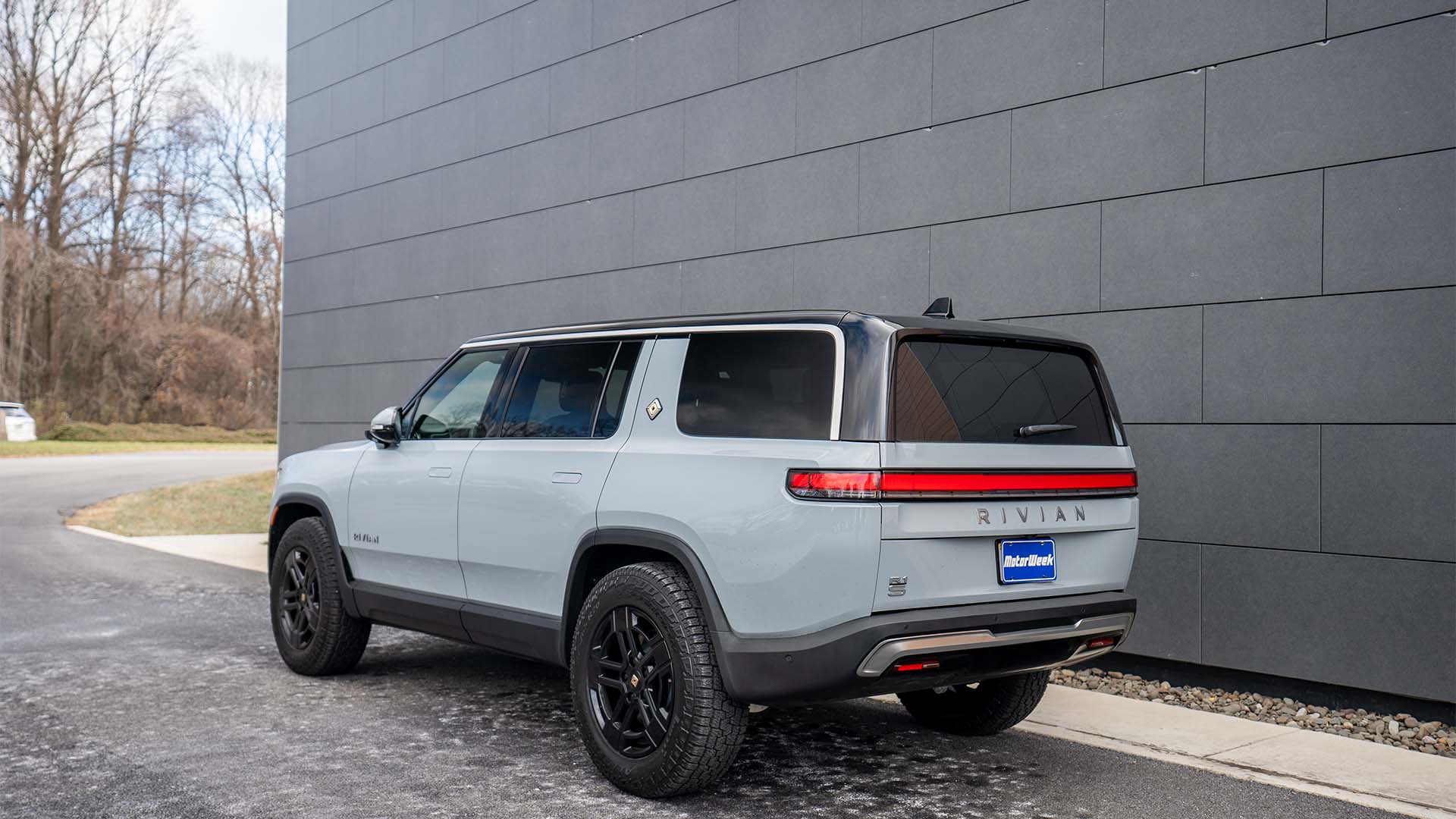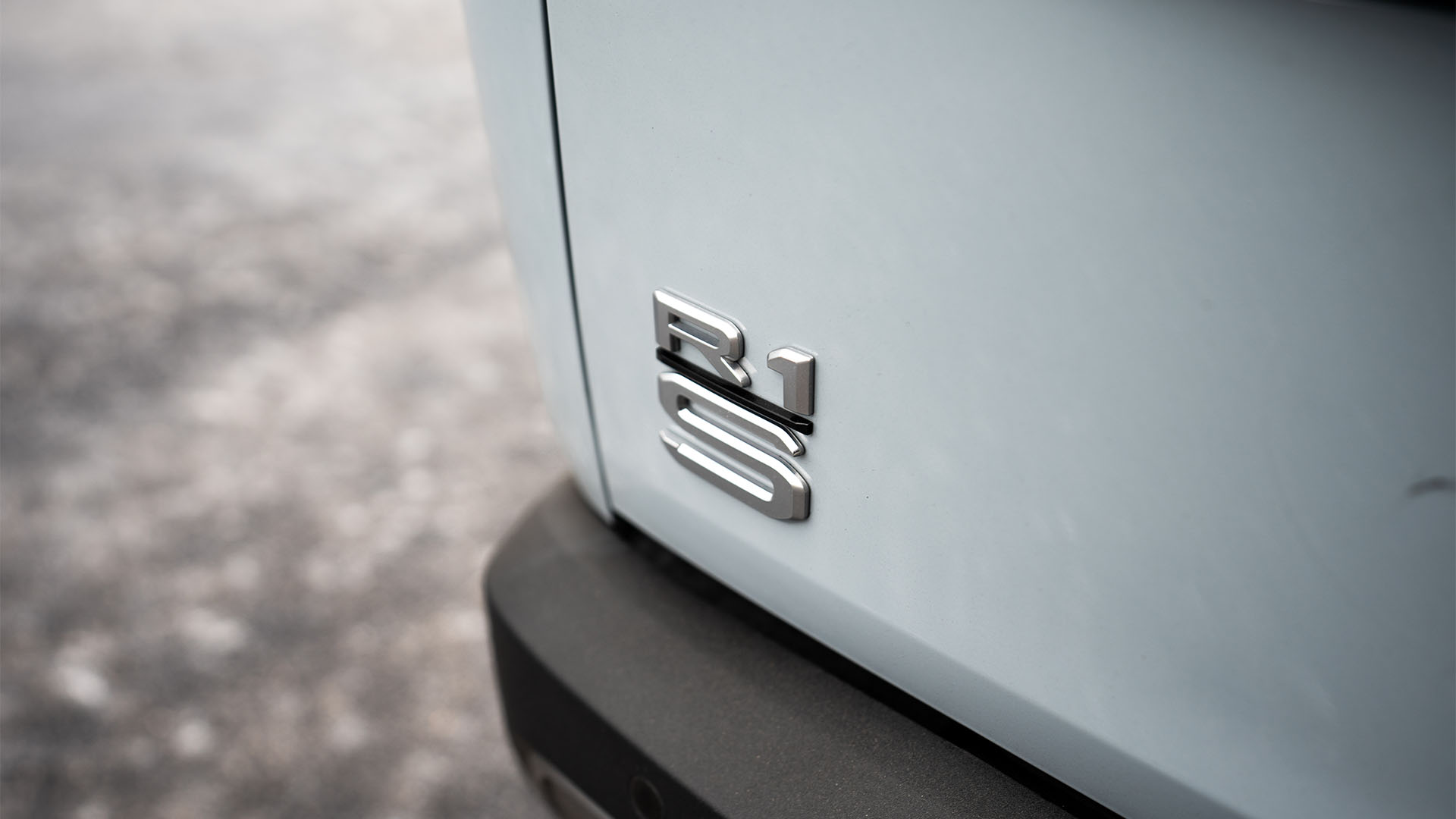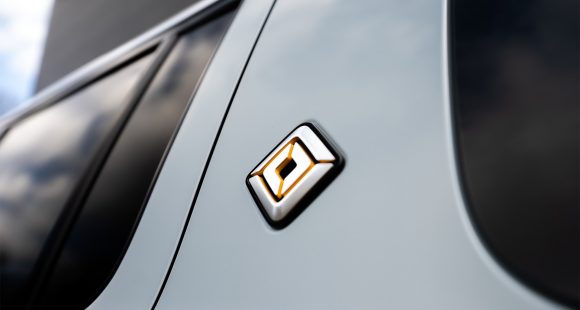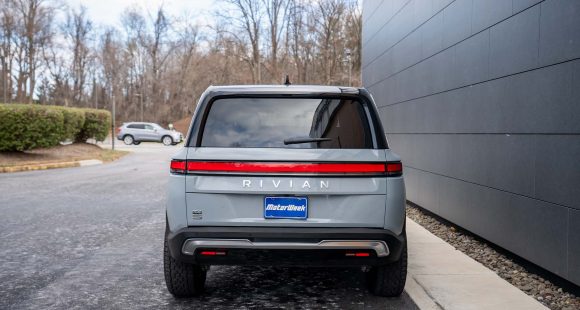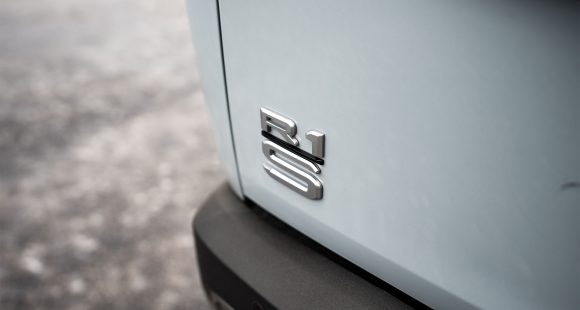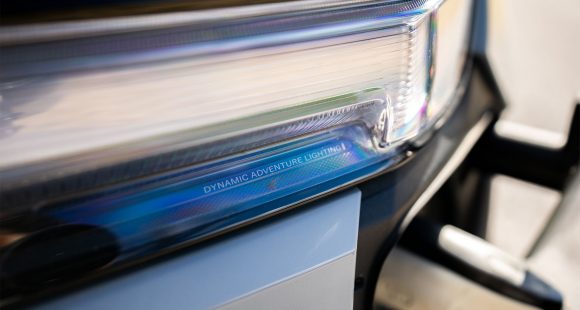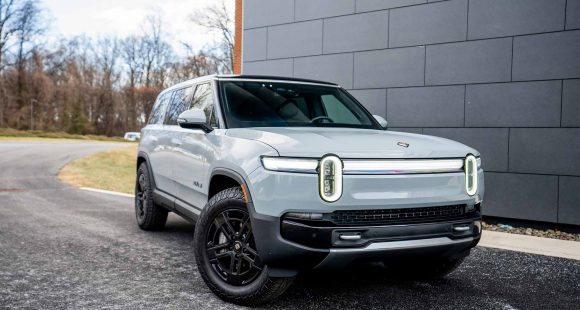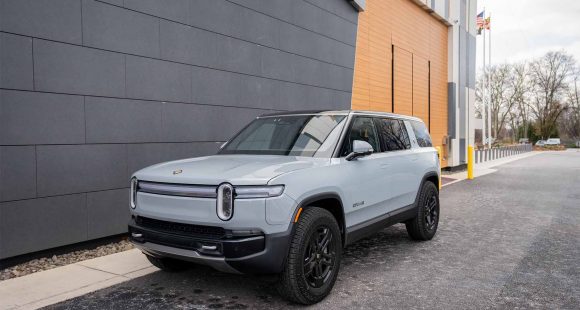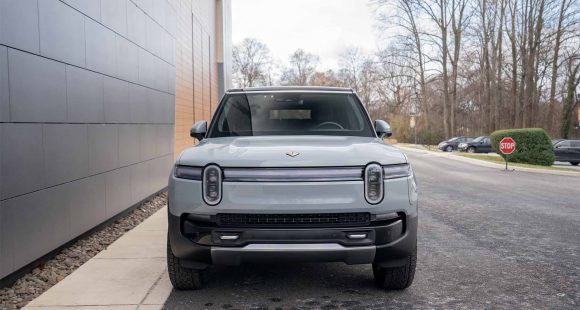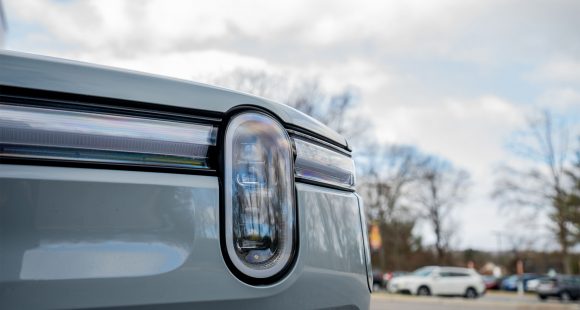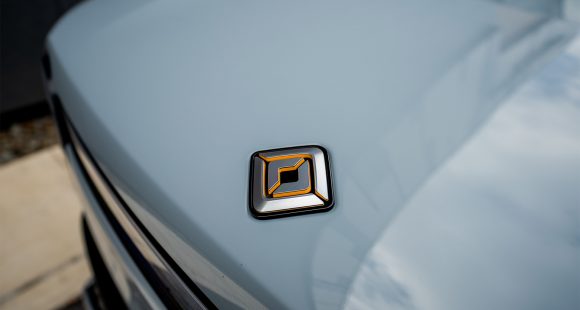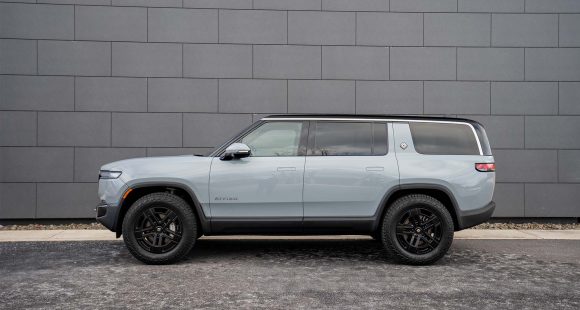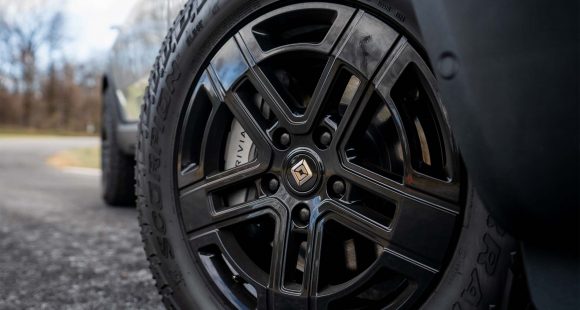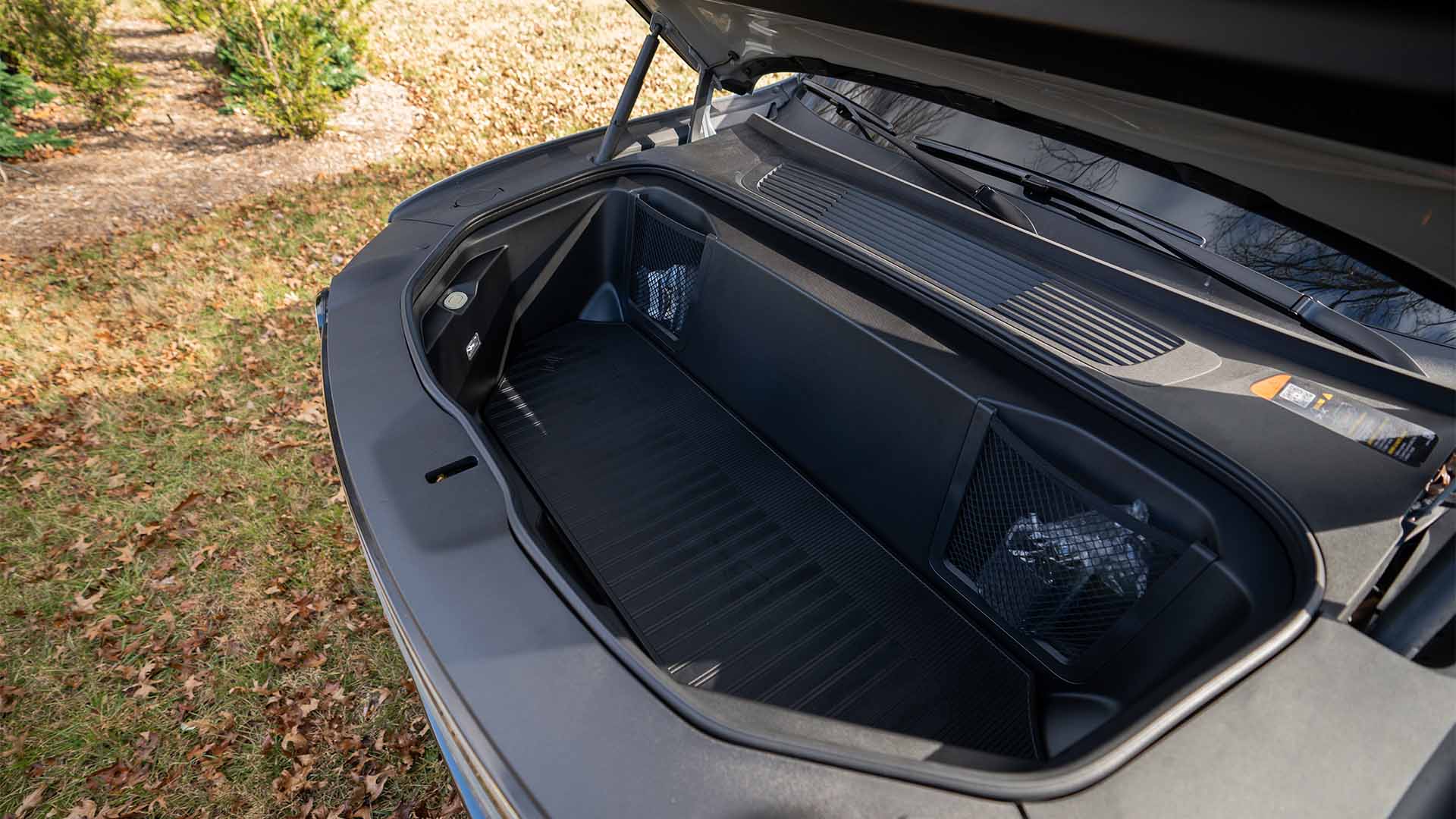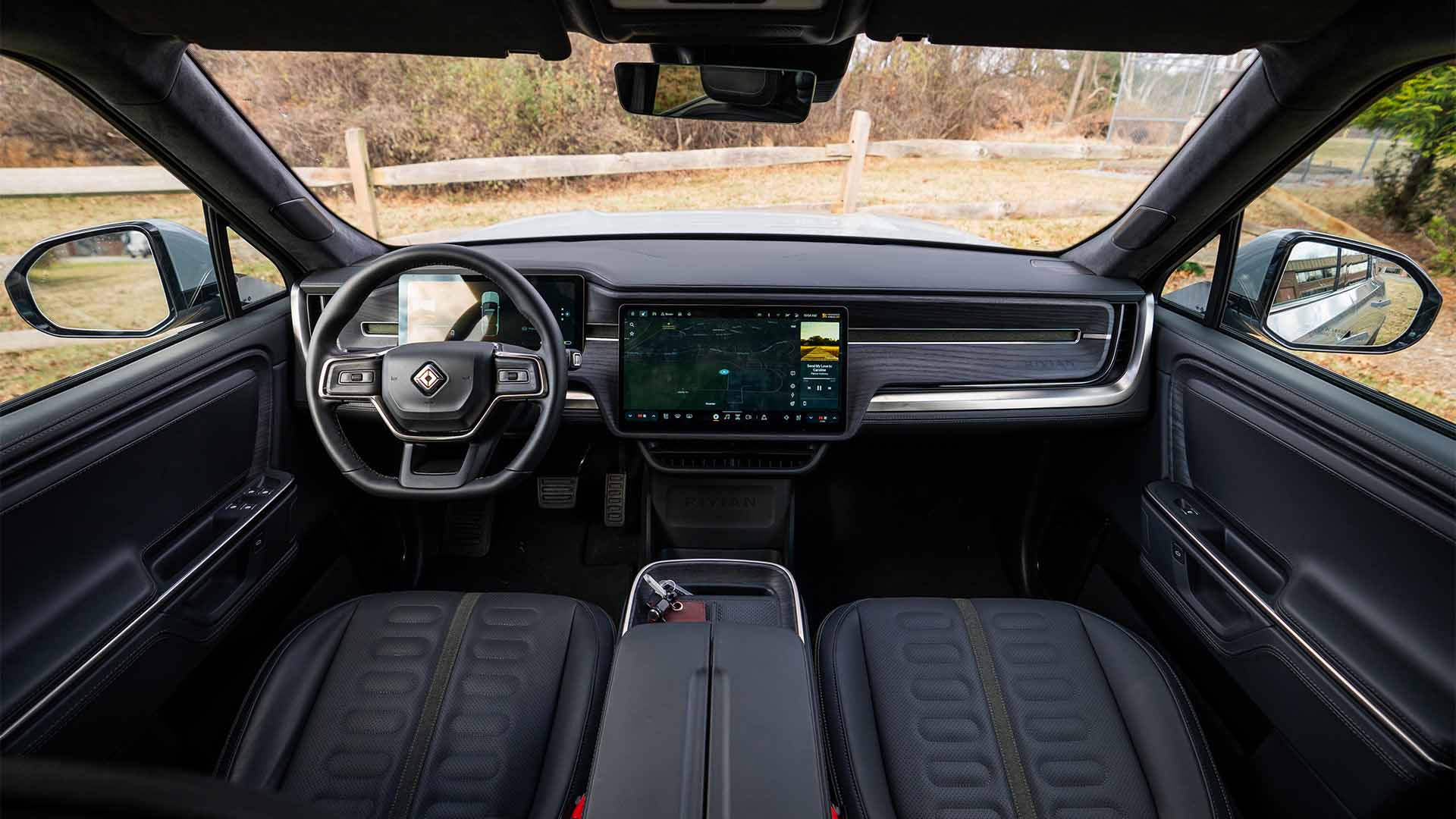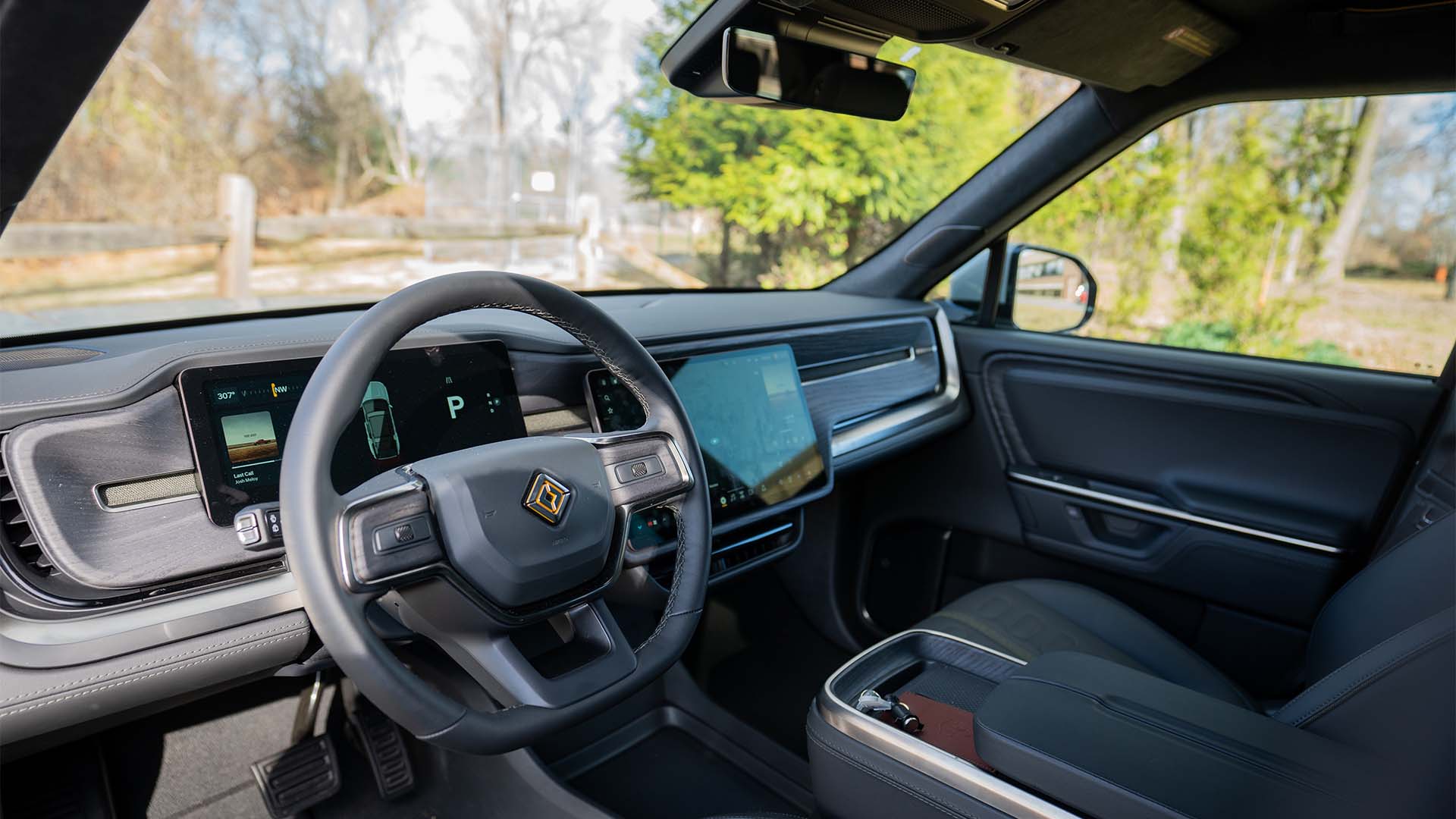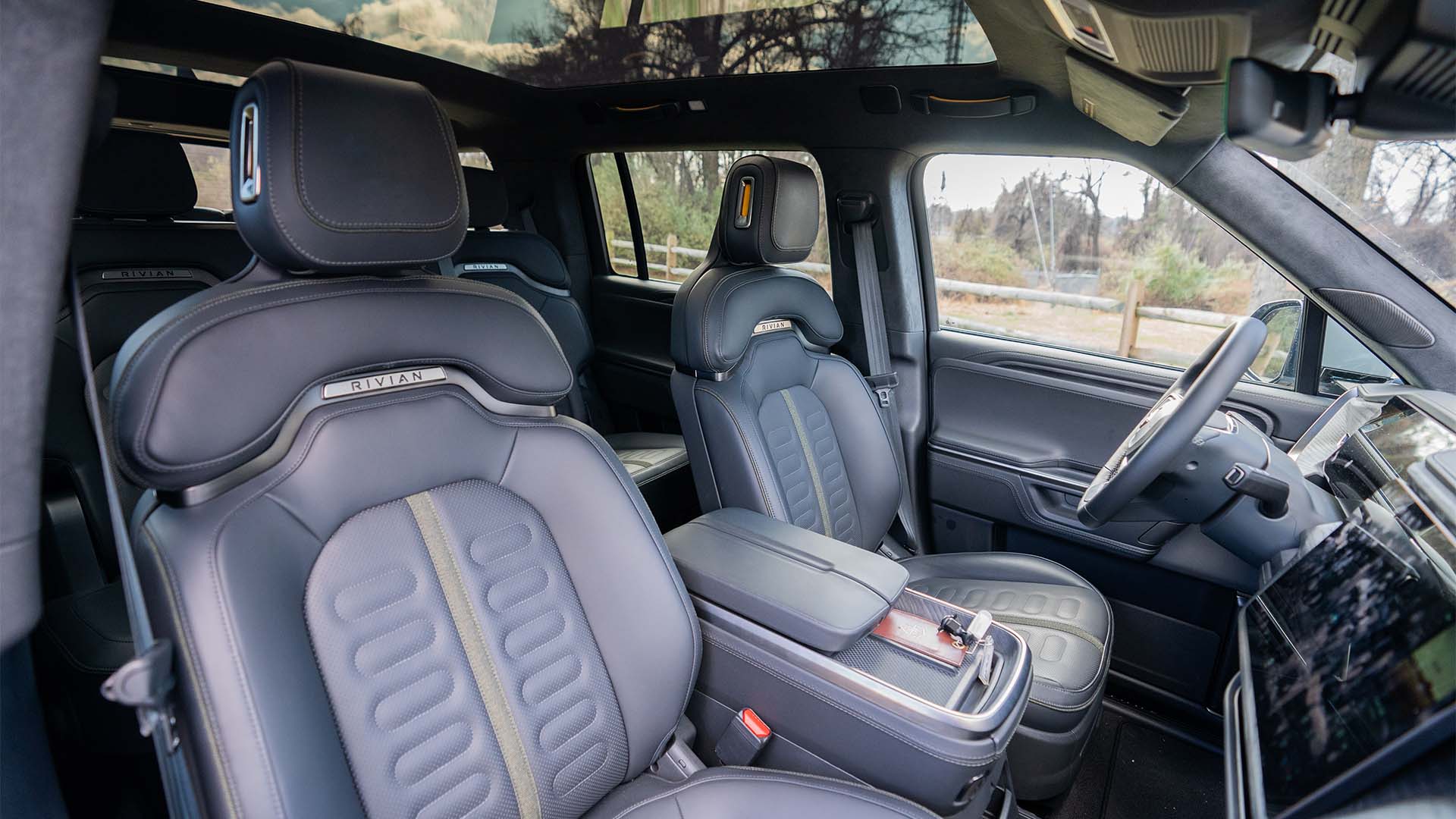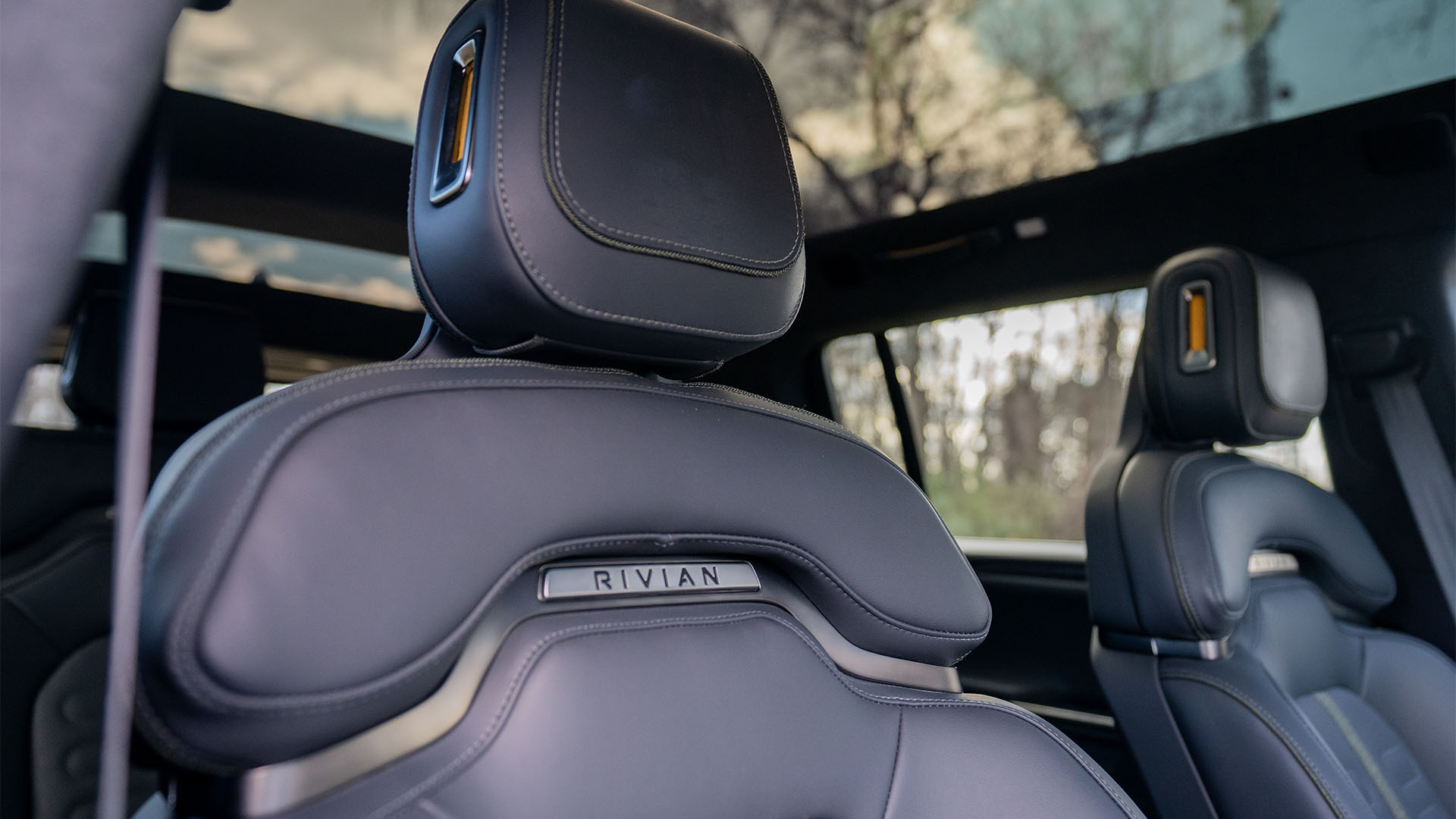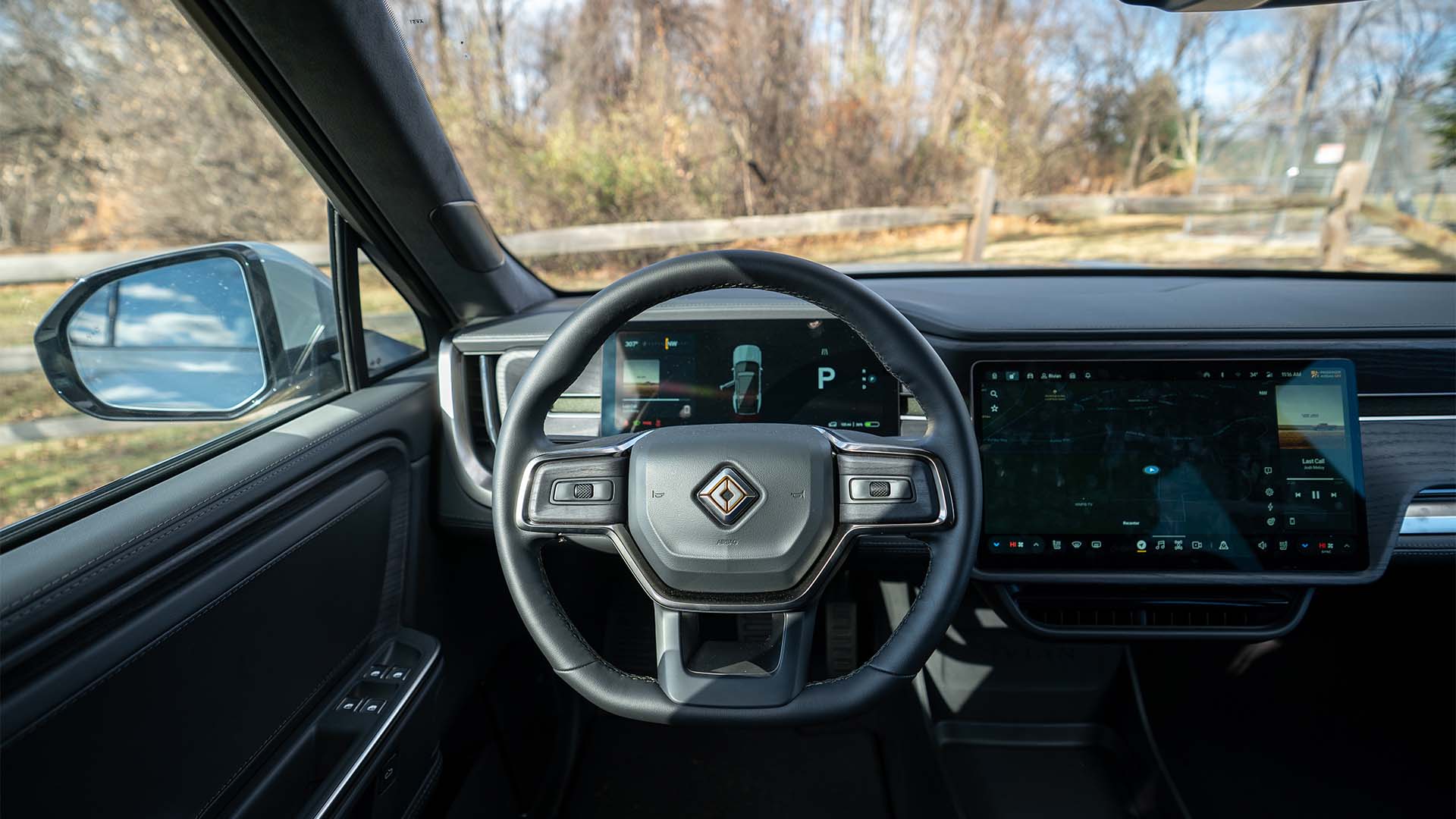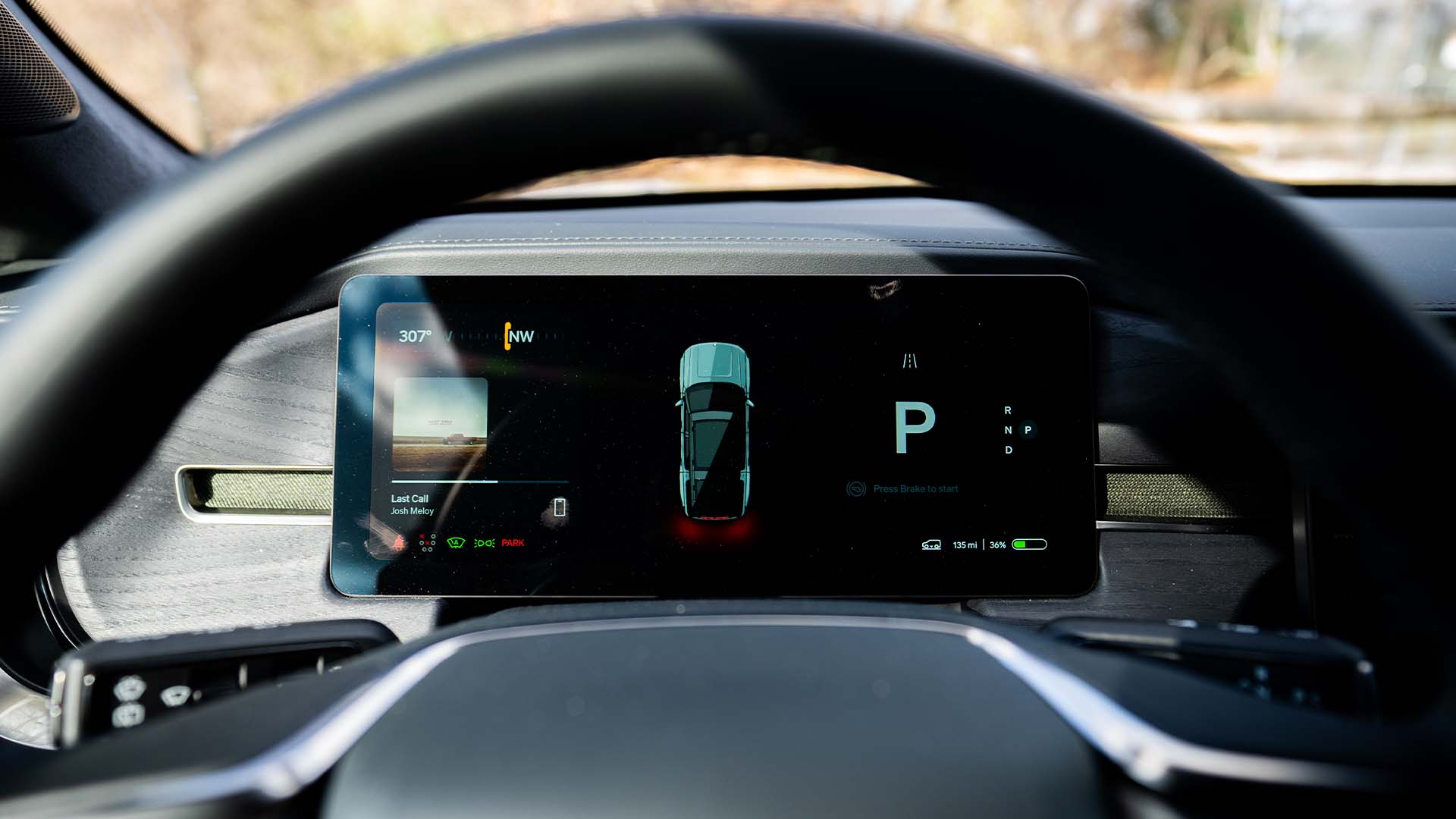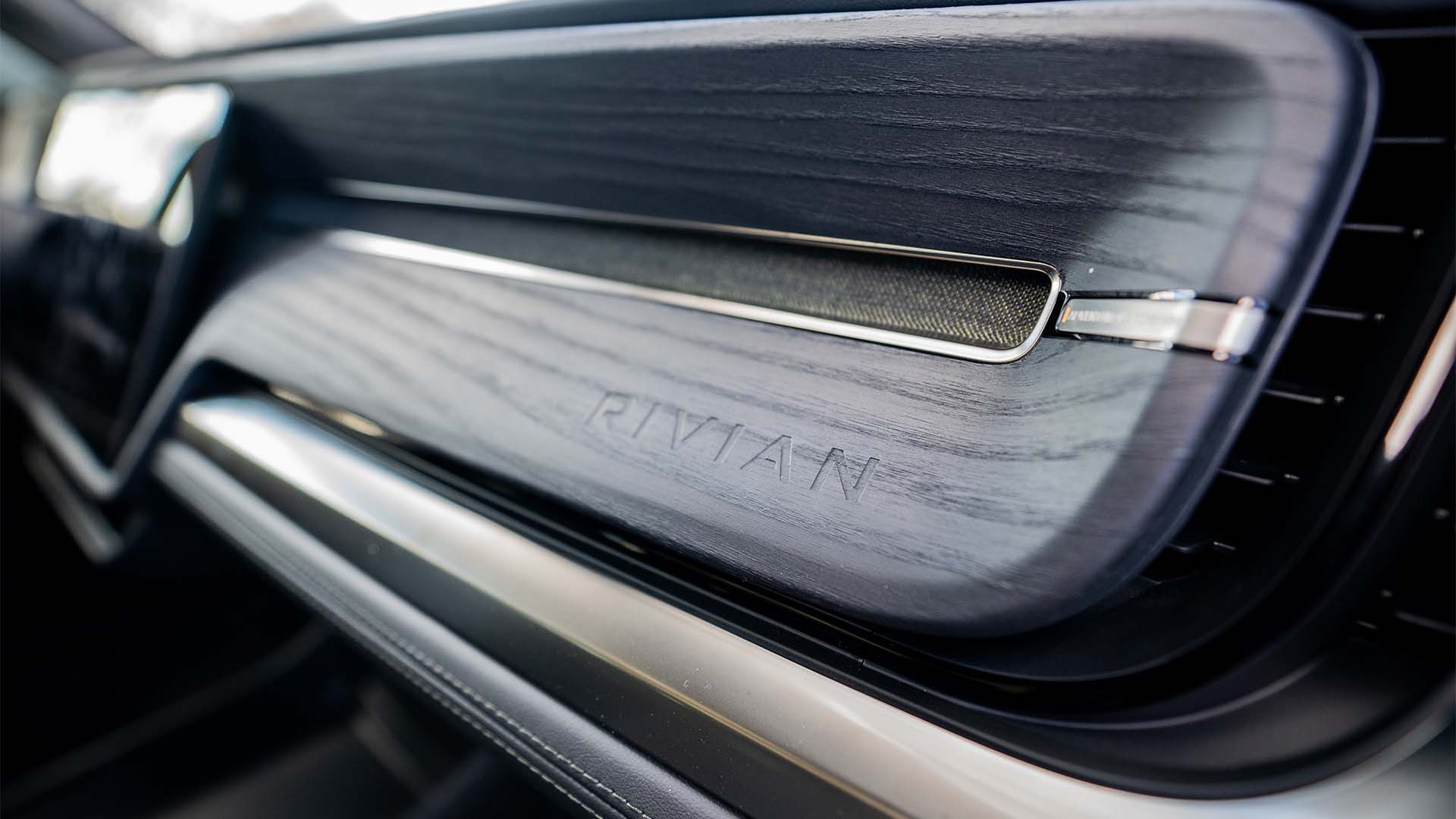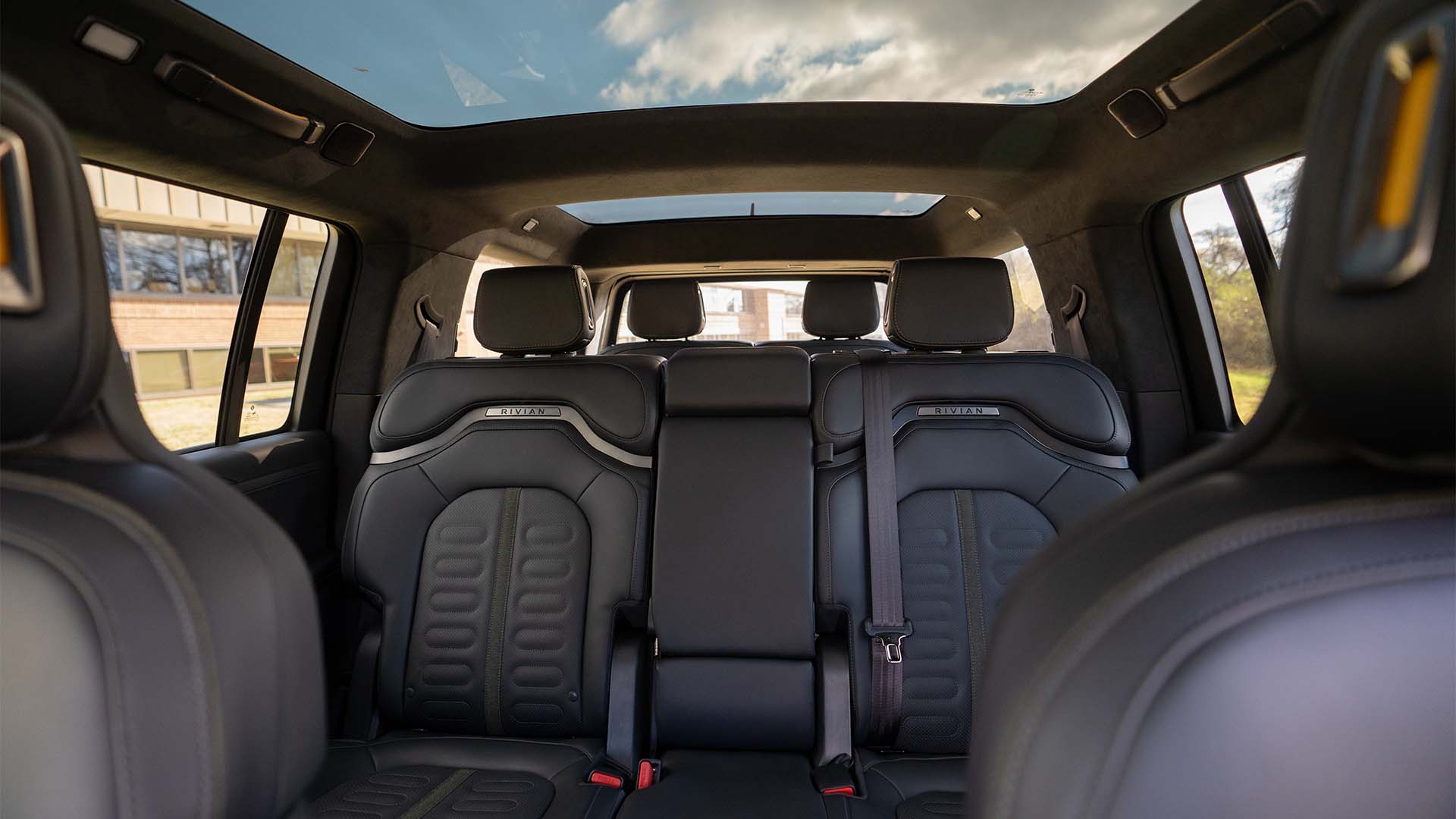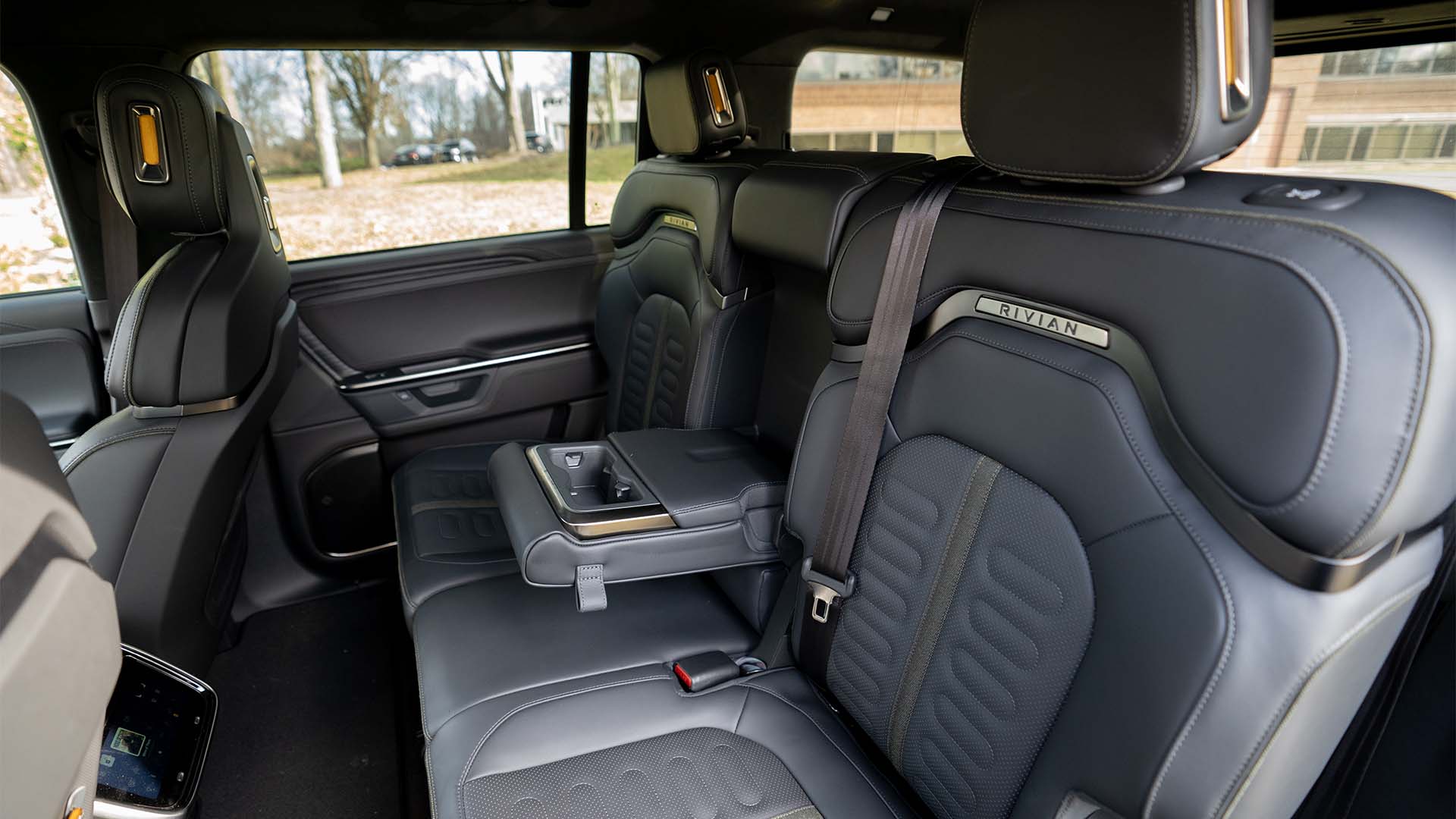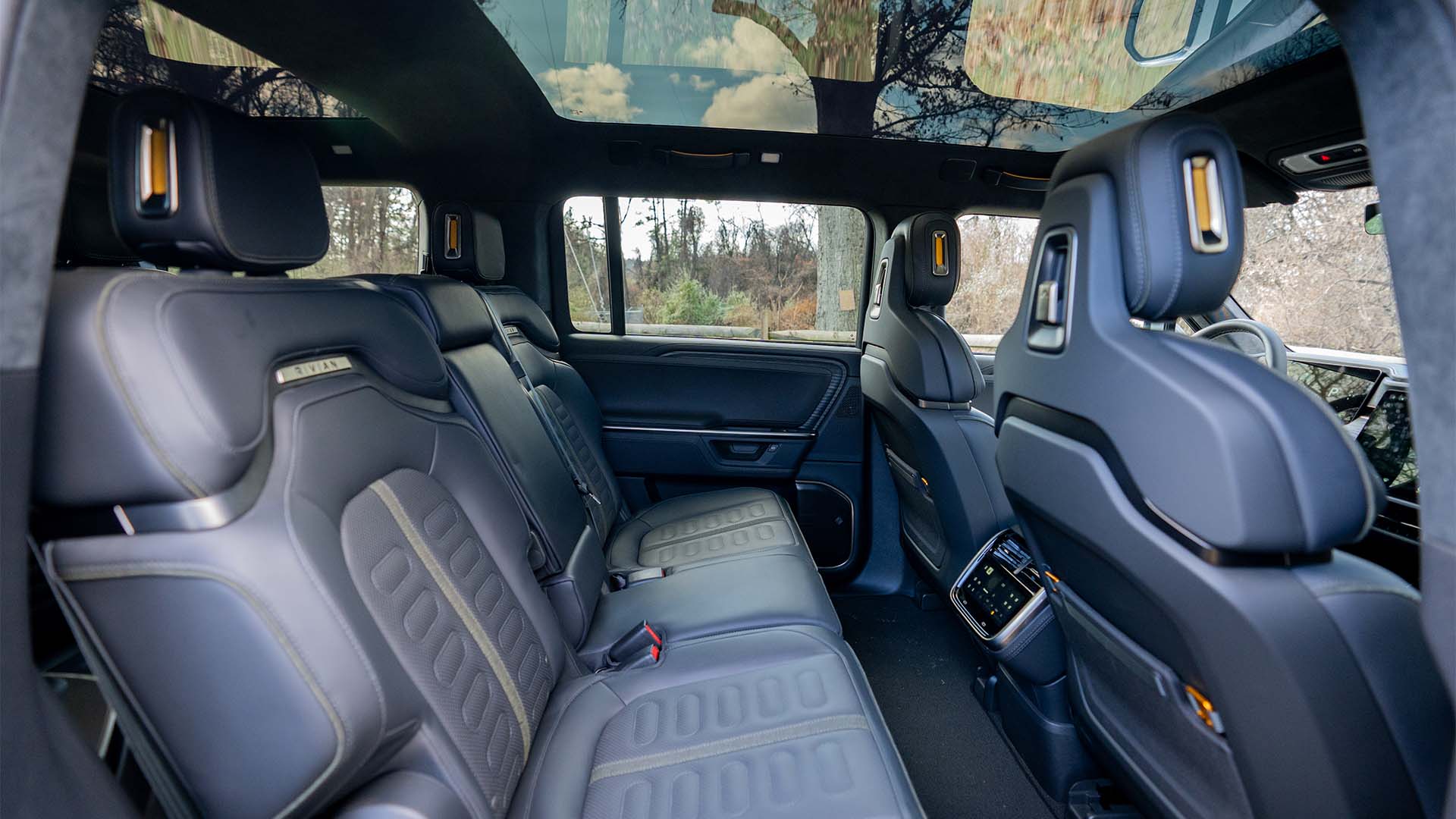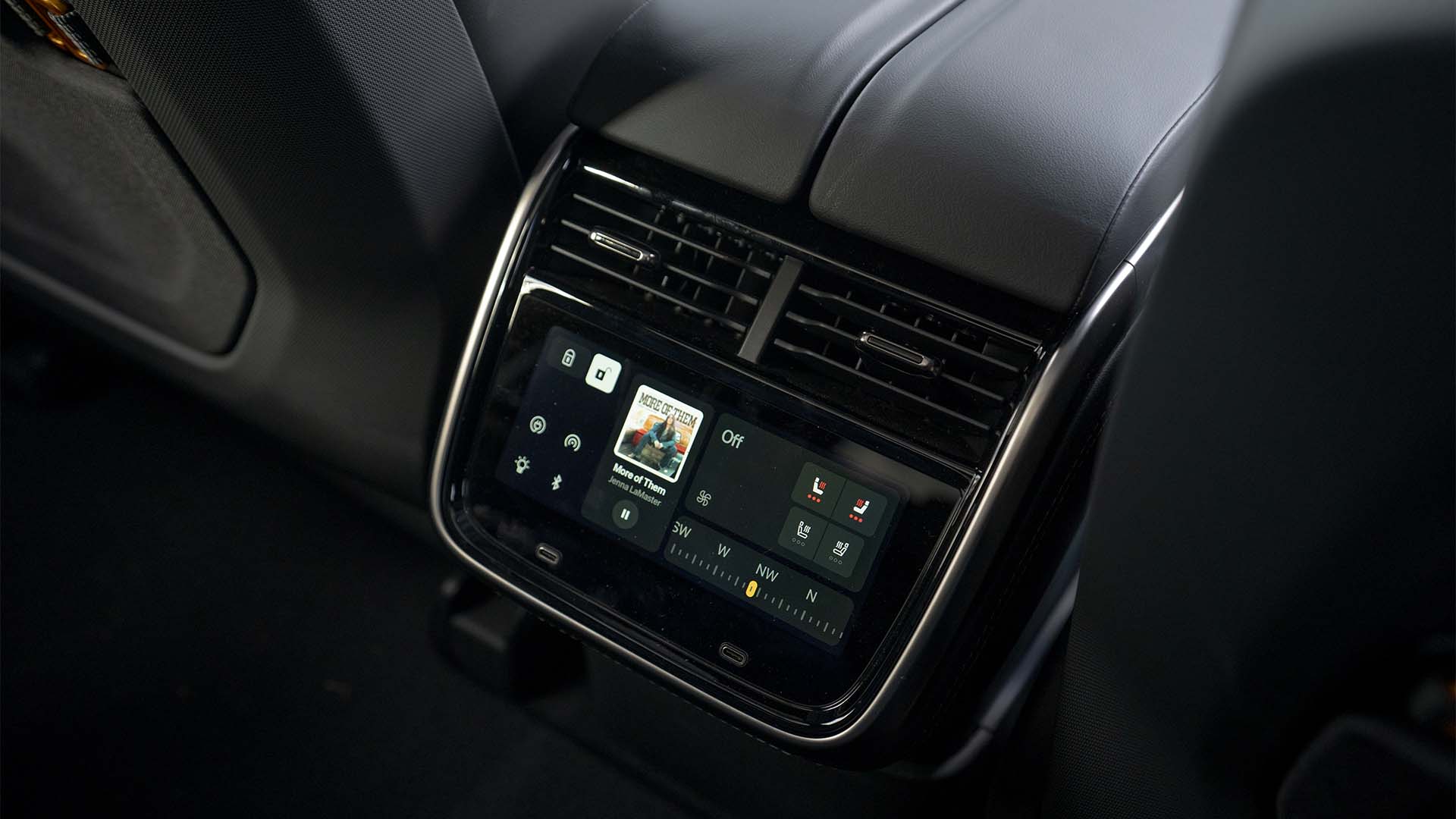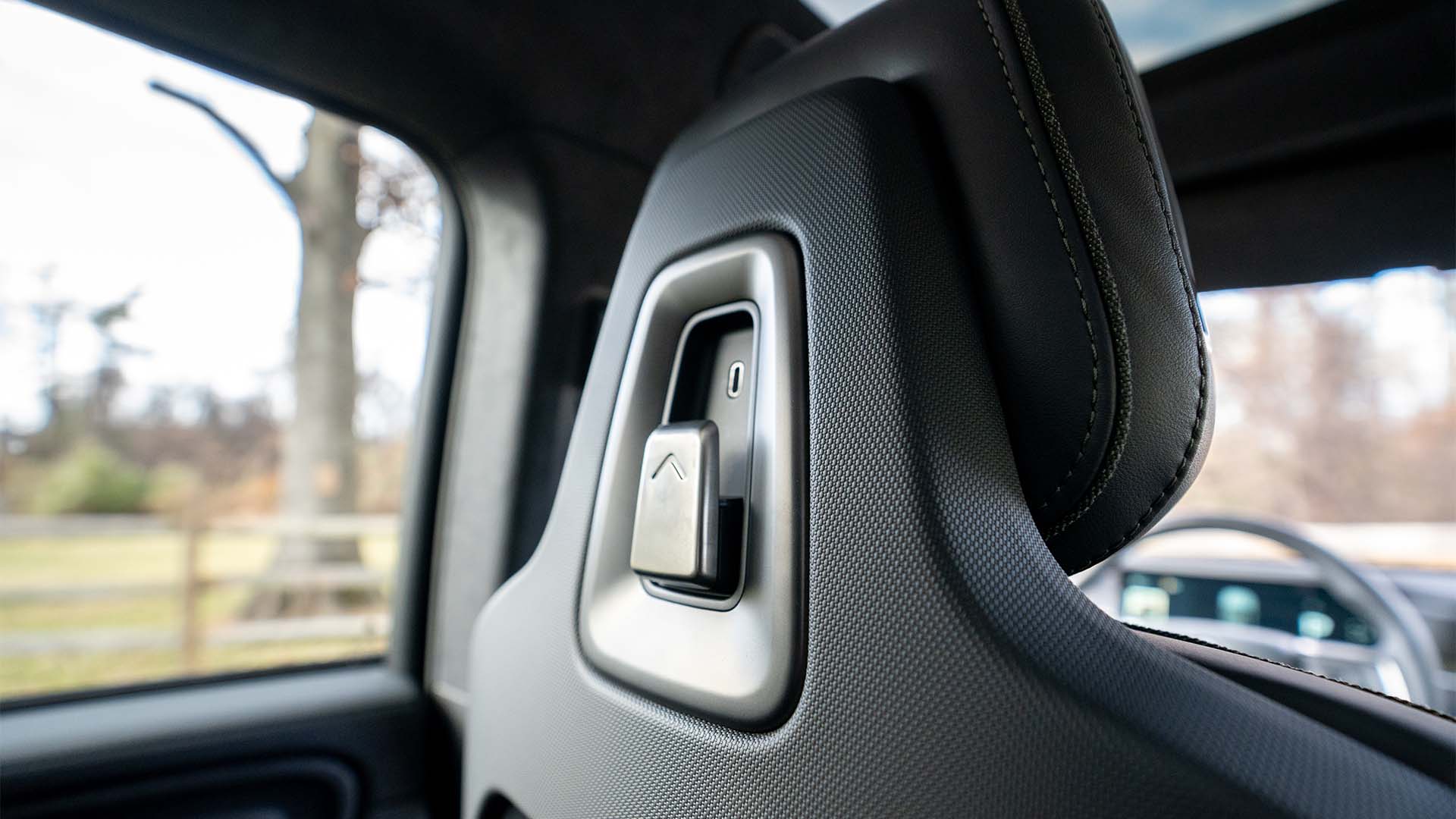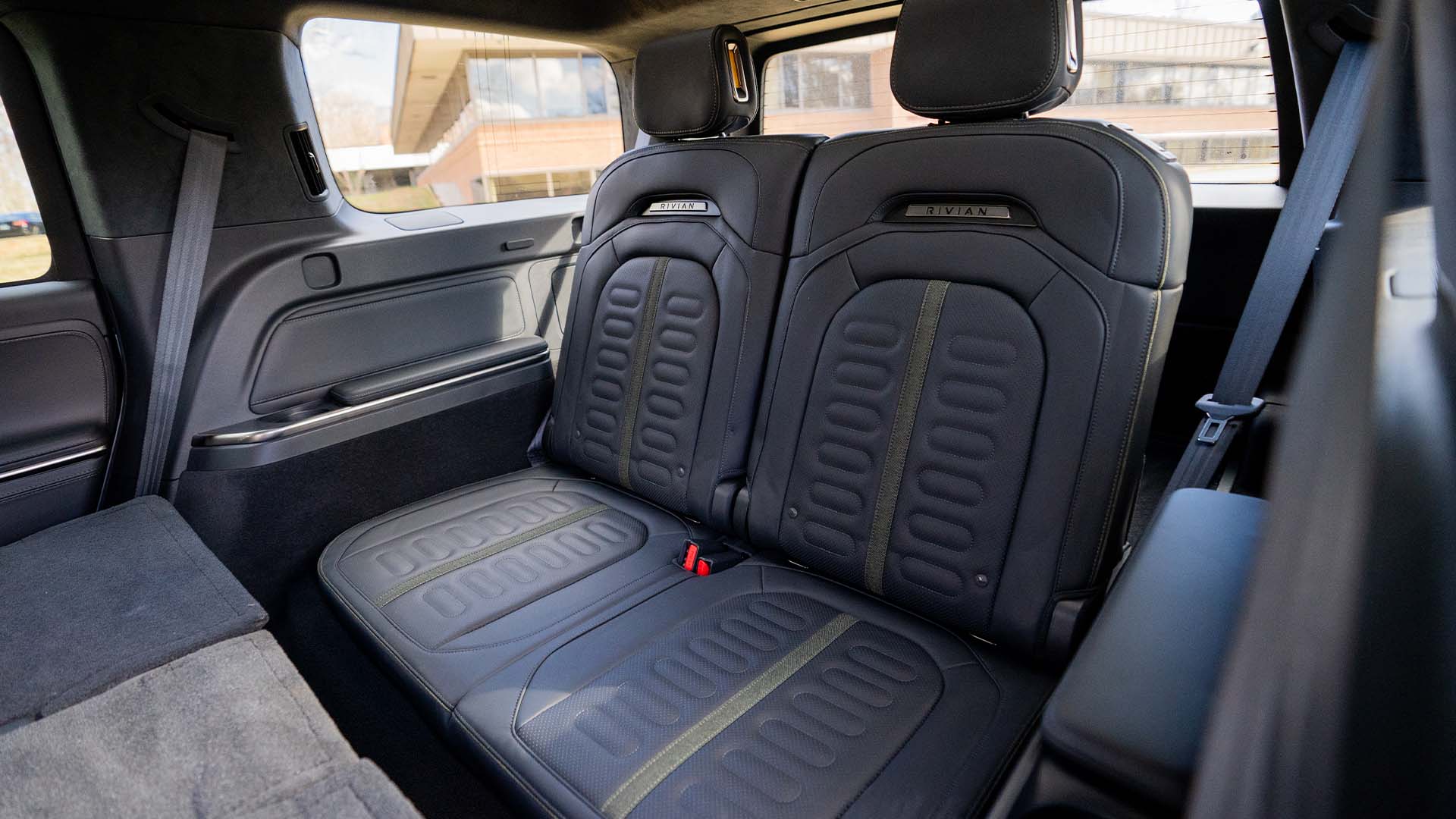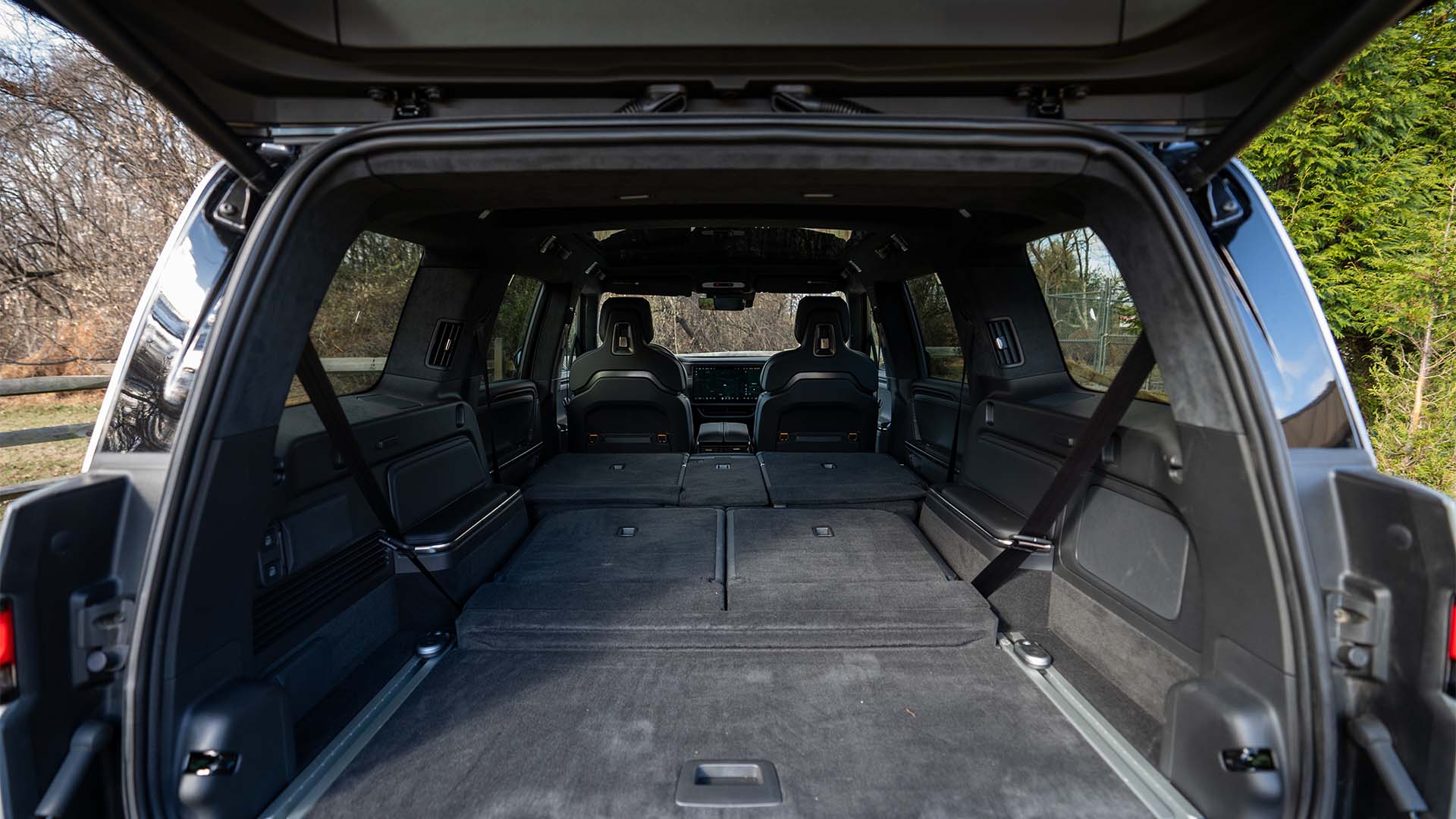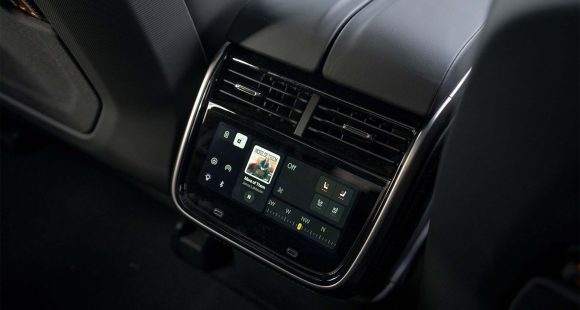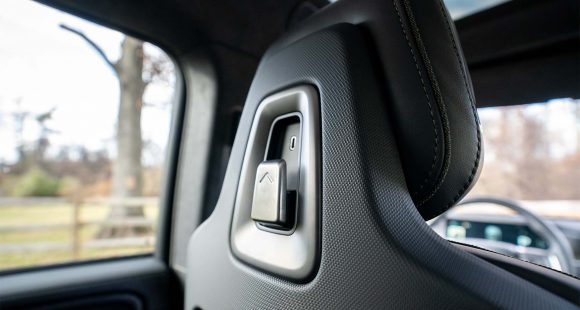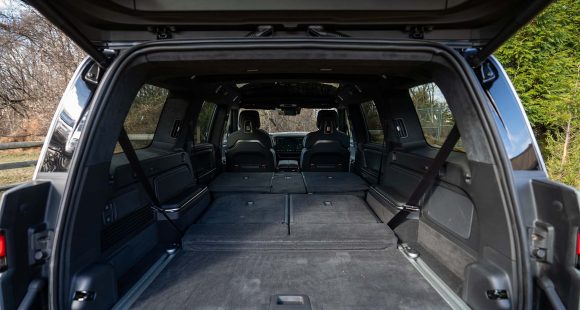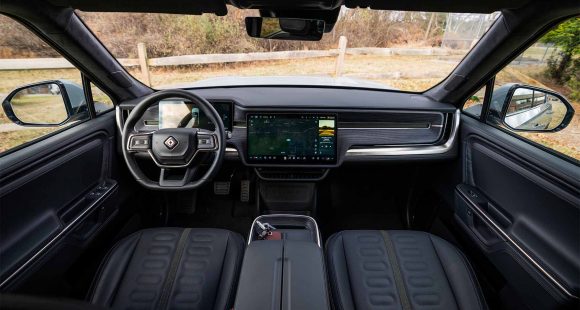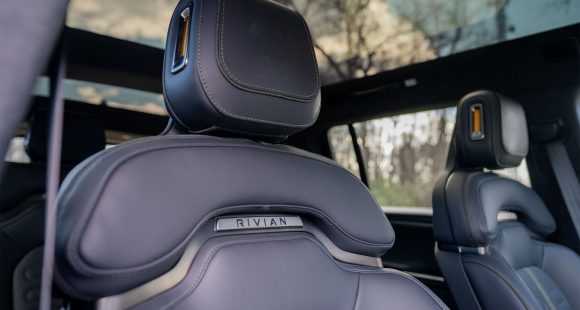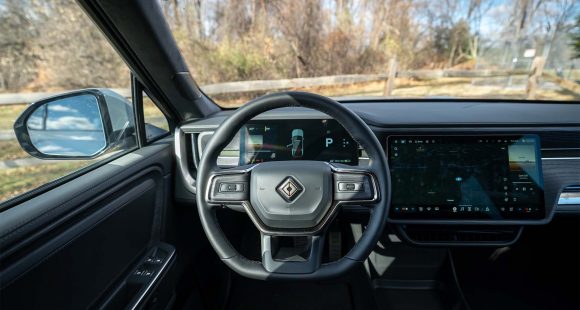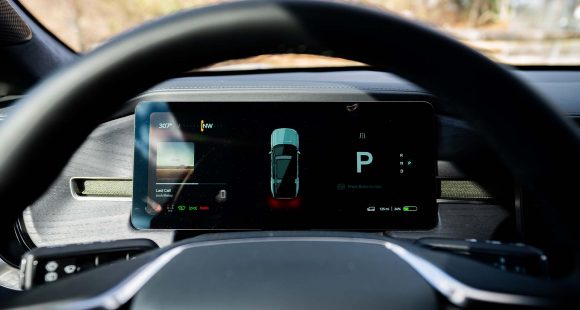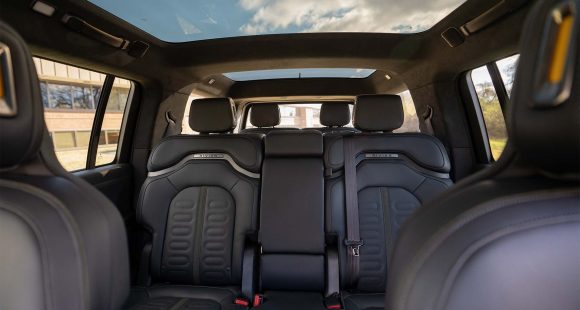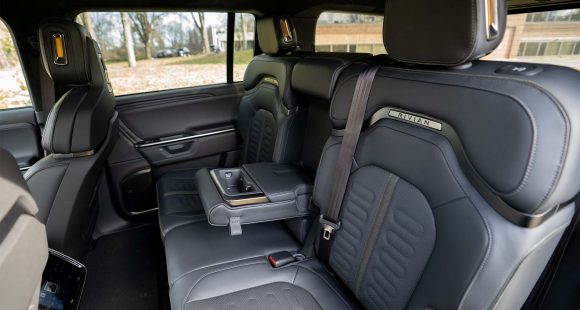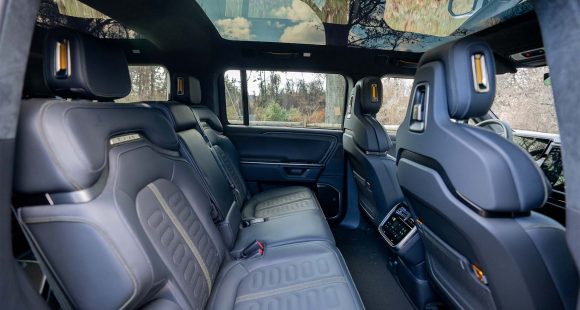2012 BMW Z4
Higher gas prices and fuel economy standards are once again downsizing automotive design. But this time around, it’s not so much the size of the car but the size of the engine that’s shrinking. But, leave it to BMW to have us actually looking forward to driving a 4-cylinder where once a six held court. It’s their first four banger available here in over a decade; and it’s in the Z4!
While an inline-6 is synonymous with BMW performance for us here in the States; around the world, BMW 4-cylinder power has been commonplace for years. And, with the 2012 BMW Z4 sDrive28i, it’s our turn again. But, the engine in question is a far cry from our last BMW 4-cylinder. Named TwinPower, it’s a 2-liter with one, twin scroll turbo where each side of the manifold is fed by a pair of exhaust runners. All of that plumbing makes for 240-horsepower and 255 pound feet of torque. And, as is usually the case when a turbo-4 replaces a natural-6, horsepower is down, but torque is up.
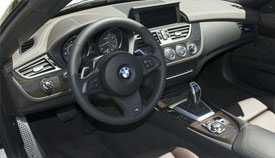 Our car’s 6-speed manual transmission is standard, but an 8-speed automatic is an option. At our test track, the Z4 sprang off the line with little turbo lag on its way to 60 in 5.6-seconds, only about a half second slower than the Z4 twin-turbo six we tested in 2009. But, our 4’s power actually builds faster to a plateau, and stays fairly flat all the way to the 7,000 RPM red-line. The shifter is oddly rubbery, but still precise, as you make your way through the first 3 gears to the end of the quarter mile in 14.3-seconds at 97 miles-per-hour.
Our car’s 6-speed manual transmission is standard, but an 8-speed automatic is an option. At our test track, the Z4 sprang off the line with little turbo lag on its way to 60 in 5.6-seconds, only about a half second slower than the Z4 twin-turbo six we tested in 2009. But, our 4’s power actually builds faster to a plateau, and stays fairly flat all the way to the 7,000 RPM red-line. The shifter is oddly rubbery, but still precise, as you make your way through the first 3 gears to the end of the quarter mile in 14.3-seconds at 97 miles-per-hour.
There’s a fairly aggressive exhaust note and things can get a little rough at the top of the rev-band, but for the most part it’s pretty smooth for a I4. And, believe it or not, this engine actually improves handling, as well. It takes 40-pounds off the front end, and sits further back towards the vehicle’s center, evening out weight distribution, resulting in a quicker turn-in and better balance overall. The double-wishbone-front and central- arm-axle-rear suspension remain unchanged; and provided a solid and relatively flat trip through the cones.
Styling is also unchanged, which is okay by us, as the long hood, short rear deck has perfect proportions and enough angles to keep things interesting. If you didn’t already know that it was a convertible, you’d have a hard time telling as the Z4’s hard top blends in seamlessly with the rest of the car. Open-air motoring is just the push of a button away; however, as the 2-piece aluminum top quickly folds into the trunk.
Whether top up or top down, the Z4 has a very solid, but pleasant ride. Driving Dynamics Control, with three settings, adjusts damping as well as throttle and steering response, and stability control thresholds. Braking performance is excellent, bringing our Z4 to a halt from 60 in just 116-feet.
Being a proper roadster, there are only seats for two, and everything in the cockpit is definitely driver oriented. Seats are snug and well bolstered. Everything seems put together very well, and our car sports body color matching yellow trim throughout. Trunk space is good for a roadster at 8 cubic-feet, and about half of that when the top is stowed.
Government Fuel Economy Ratings for our manual with automatic start-stop are 22-City and 34-Highway. We averaged 30.5 miles-per-gallon of Premium. The Energy Impact Score is better than average, consuming 12.7-barrels of oil per year while emitting 6.9-tons of CO2.
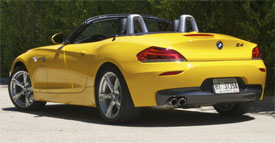 The Z4 sDrive28i is the new base model in the Z4 line-up starting at $49,525. Since that’s pretty pricey you might want to consider skipping TwinPower for now, and save over ten grand with the 1-Series Convertible.
The Z4 sDrive28i is the new base model in the Z4 line-up starting at $49,525. Since that’s pretty pricey you might want to consider skipping TwinPower for now, and save over ten grand with the 1-Series Convertible.
Still, BMW has big plans for the TwinPower four. Look for it to spread across the BMW line-up all the way up to the 5-series. And, when it comes right down to it, does it really matter what’s under the hood? What matters to us is hitting the start button, nailing the throttle, and having something thrilling happen. And in that regard the 2012 BMW Z4 sDrive28i certainly delivers.
Specifications
- Engine: 2 liter
- Horsepower: 240
- Torque: 255 lb-ft.
- 0-60 mph: 5.6-seconds
- 1/4 mile: 14.3-seconds @ 97 mph
- EPA: 22 mpg city/ 34 mpg highway
- Energy Impact: 12.7 barrels of oil/yr
- CO2 Emissions: 6.9 tons/yr
2025 Rivian R1S
Major Reboot for Rivian R1S
With just about every mainstream carmaker now onboard with battery-electric vehicles, EV-only brands are hoping there are still plenty of people out there willing to think outside the box. So, let’s see if Rivians latest R1S utility can make the case for taking the EV road less traveled.
Big changes have happened in the short time since the Rivian R1S first hit the streets three years ago. As for 2025, there are updates that touch just about every aspect of the vehicle. Yes, despite looking almost exactly the same outside, Rivian claims that beneath the surface, their entire electrical architecture has been significantly updated, eliminating a whopping mile and a half of wiring and 10 computer assemblies, allowing for more efficient operation.
But look closely and you will see their signature vertical oval headlights are updated with a new matrix of LED lights that can cycle individual elements on and off to provide maximum illumination where you need it without distracting oncoming drivers.
Not much change in the look of the interior either, but the synthetic leather upholstery is still very nicely done, though most touchpoints feel more rugged than luxury minded. With the exception of a couple controls on the steering wheel, you do still have to do almost everything on the R1S’s 15.6-inch touchscreen, but the user interface has been improved. So, while we do wish they could have reverse-engineered a knob or two into the mix, we realize full touchscreen interface is just what people expect in their high-end EVs these days, and at least it works better than before. And the gauge display still wows you with the amount of information it displays and is mounted high enough that no additional head-up display is needed. A new Rivian Autonomy Platform uses 11 cameras, five radars and A.I. for self-driving, or just to monitor what’s going on around the vehicle even when it’s parked.
This [EV] really feels fast, sitting you up high and throwing you back in your seat with authority.
Rivian has also given the R1S a substantial suspension revision with new spring rates, bushings, and mounts; along with new tuning for the adaptive dampers and roll-mitigation system. It does provide a more balanced street attitude, but it still rides like a truck. That’s great if that’s the experience you’re looking for; not as ideal if you’re looking for more of the smooth luxury-style treatment.
All R1Ss are all-wheel drive, but there’s a wide variety of powertrain options including a new Tri-Motor setup. Outputs range from the standard Dual-Motor’s 533 horsepower to the Quad-Motor’s impressive 1,025. There are several battery packs as well, delivering as much as 410 miles of range, giving the R1S the highest rating of any SUV on the market right now. Our Adventure trimmed tester featured the 665-horsepower Performance version of the Dual-Motor arrangement, with the Max battery and 20-inch wheels with all-terrain tires.
Theoretically, that setup is rated for 370 miles, but perhaps we were enjoying the “performance” theme too much as our results were well short of that, using 68% of the battery to drive only 189 miles, putting our estimated range around 278 miles. Using 43 kilowatts of electricity for every 100 miles earns the R1S a fair efficiency rating.
But all was forgiven at our Mason Dixon test track when this Rivian started blasting us to 60 in 3.8 seconds. Yes, there are faster EVs, but this one really feels fast, sitting you up high and throwing you back in your seat with authority, while the rear of the truck squats down substantially before hurling you off the line and down the track. Power delivery stayed strong the entire time, cranking away until we cleared the quarter-mile in 10.5 seconds at 108 mph.
Despite this utility’s substantial size and weight, we were able to keep a pretty fast pace through the cones of our handling course. The all-terrain tires obviously didn’t grip the pavement as well as all-seasons would, but the low center of gravity kept things very flat. Yes, it does feel very heavy, but the brakes were more than up to the task, stopping us from 60 mph in a very short 103 feet with surprisingly little nosedive and no fade.
Pricing starts at $77,700 for the Dual-Motor with Standard battery pack; our Dual-Motor Performance with the Max battery and All-Terrain Package came in just over $102,000.
While Rivian has had great initial success; sustaining that success will be a much tougher task. But, if they continue to put as much effort into improving their products as they have here with the 2025 R1S, we think their winning streak will only accelerate.
Specifications
As Tested
- Motor Setup: Dual Motor
- Battery Size: 141.5 kWh
- Horsepower: 665
- Torque: 829 lb-ft
- EPA Range: 370 miles
- 0-60 mph: 3.8 seconds
- 1/4 Mile: 10.5 seconds at 108 mph
- Braking, 60-0 (avg): 103 feet
- MW Test Loop: ~278 miles




